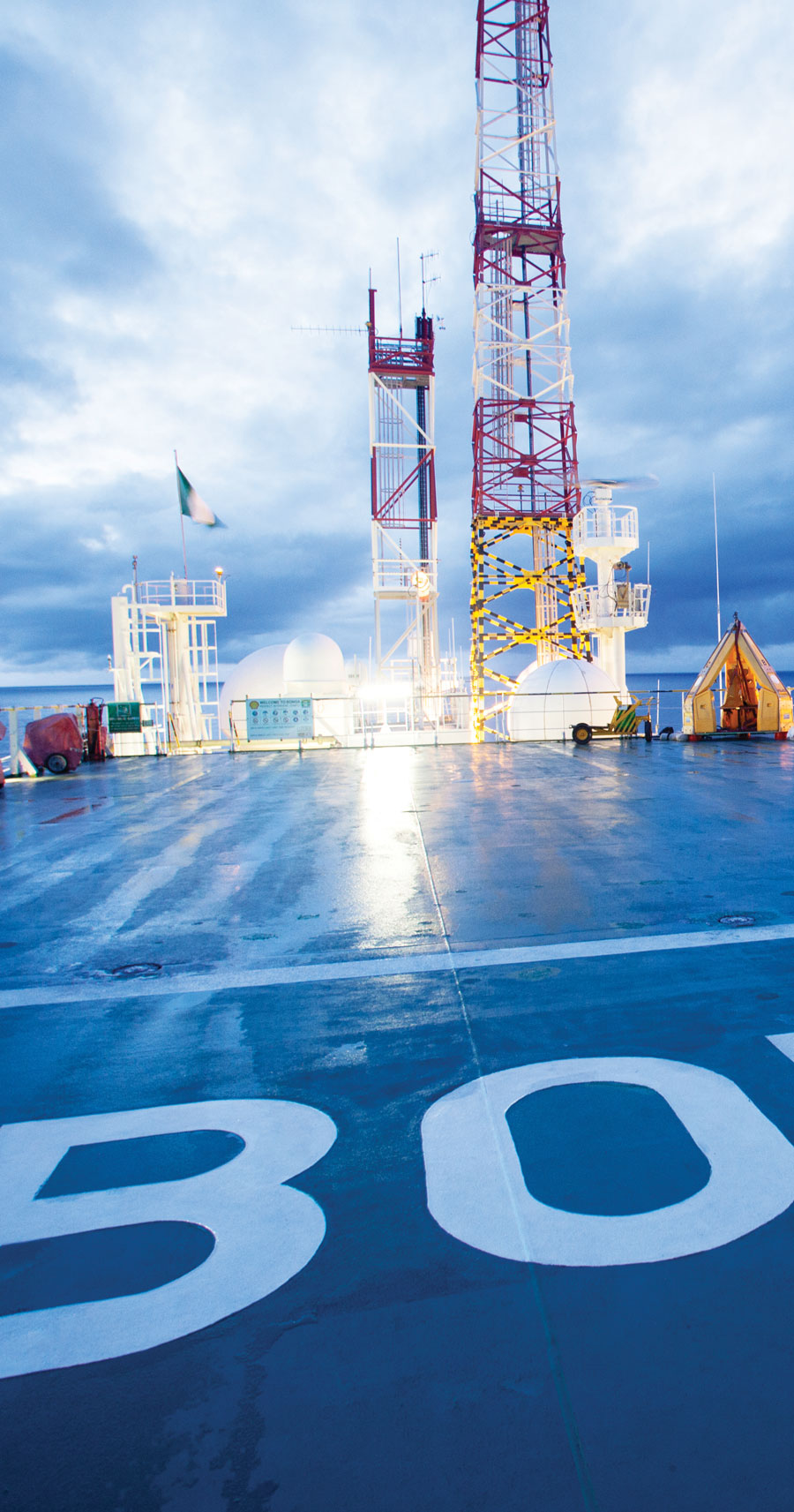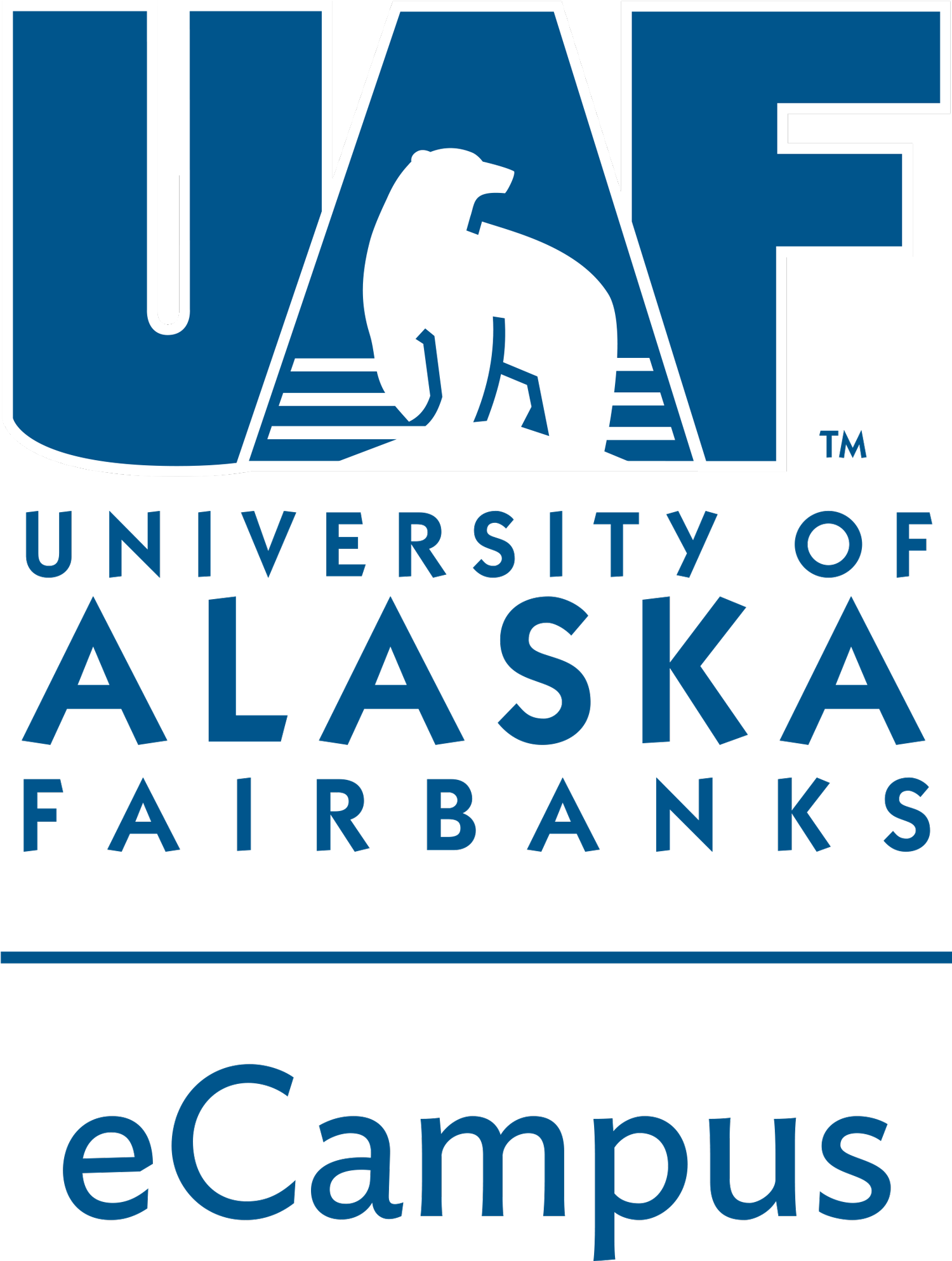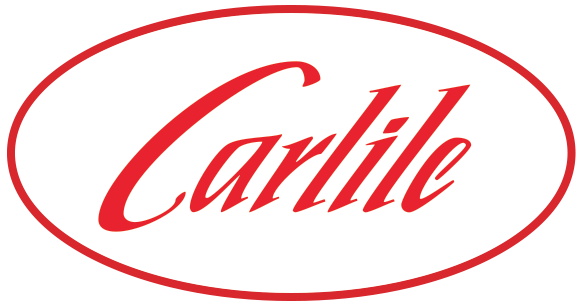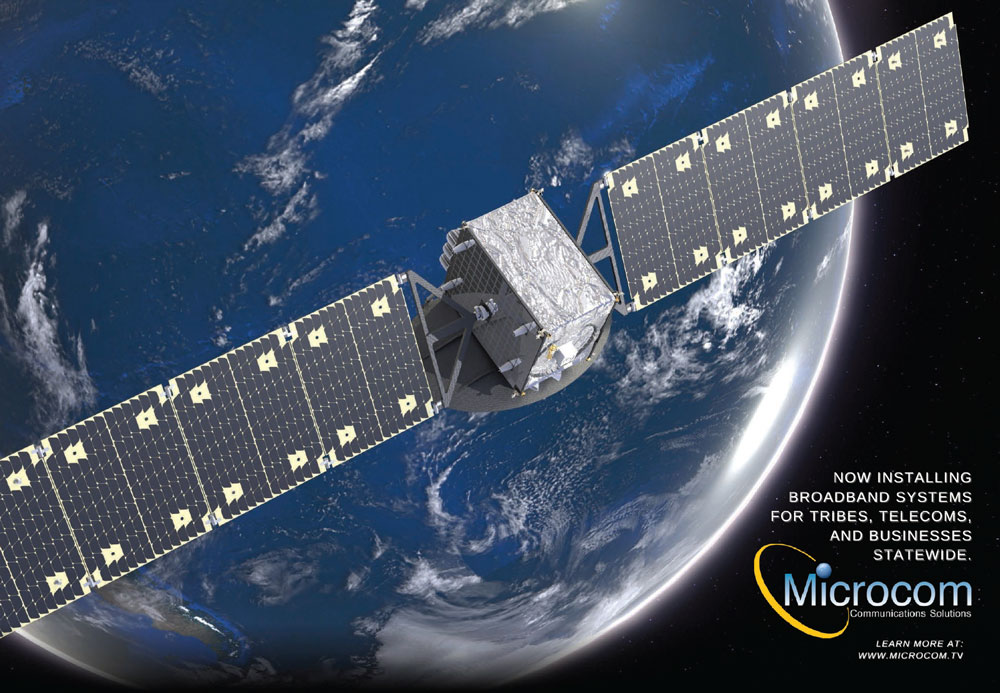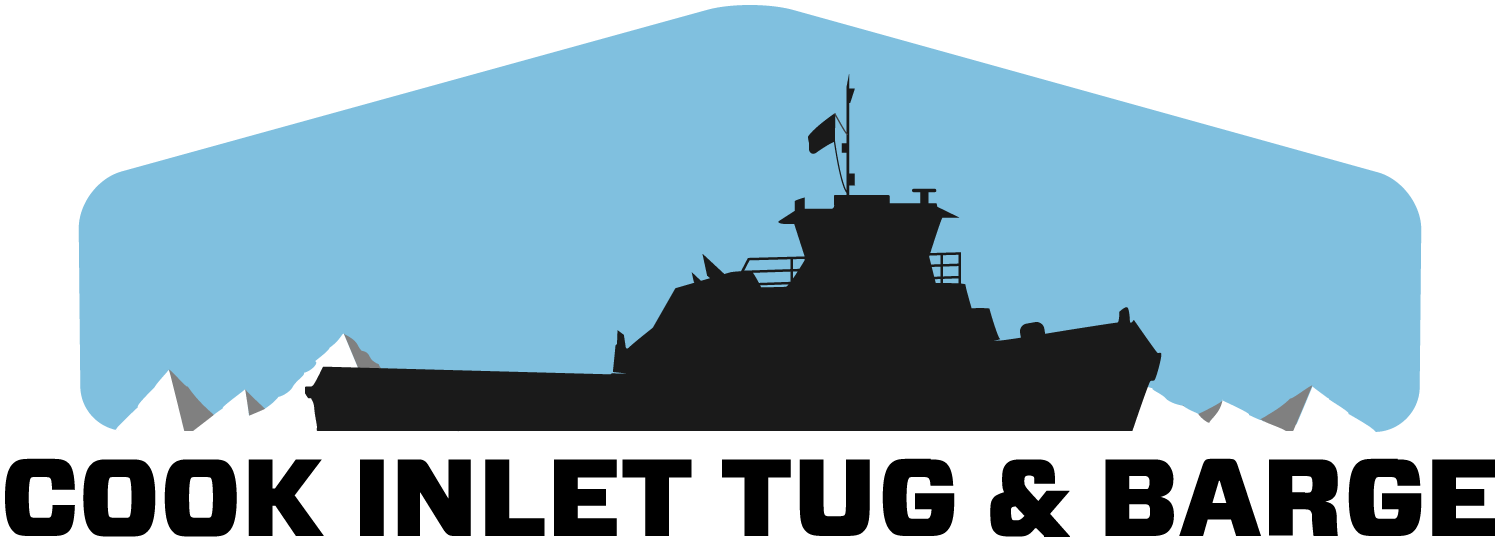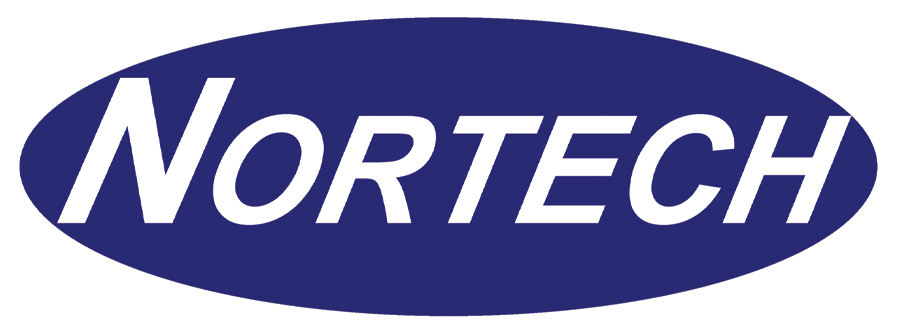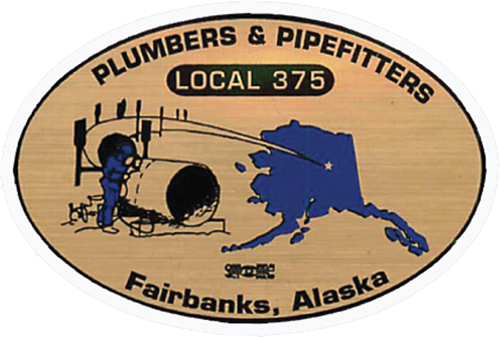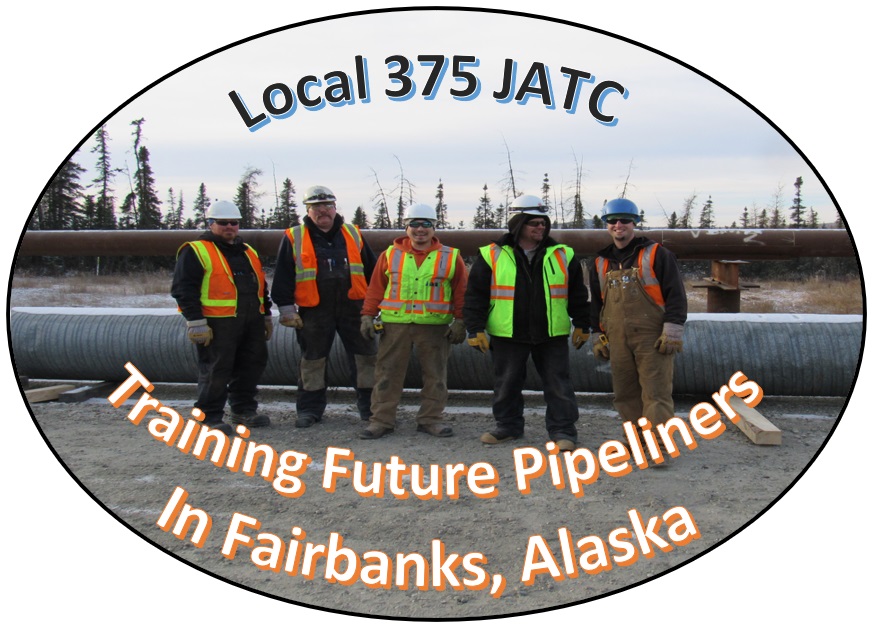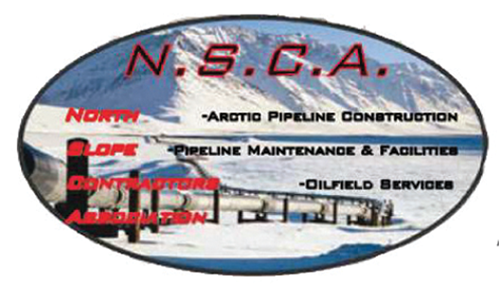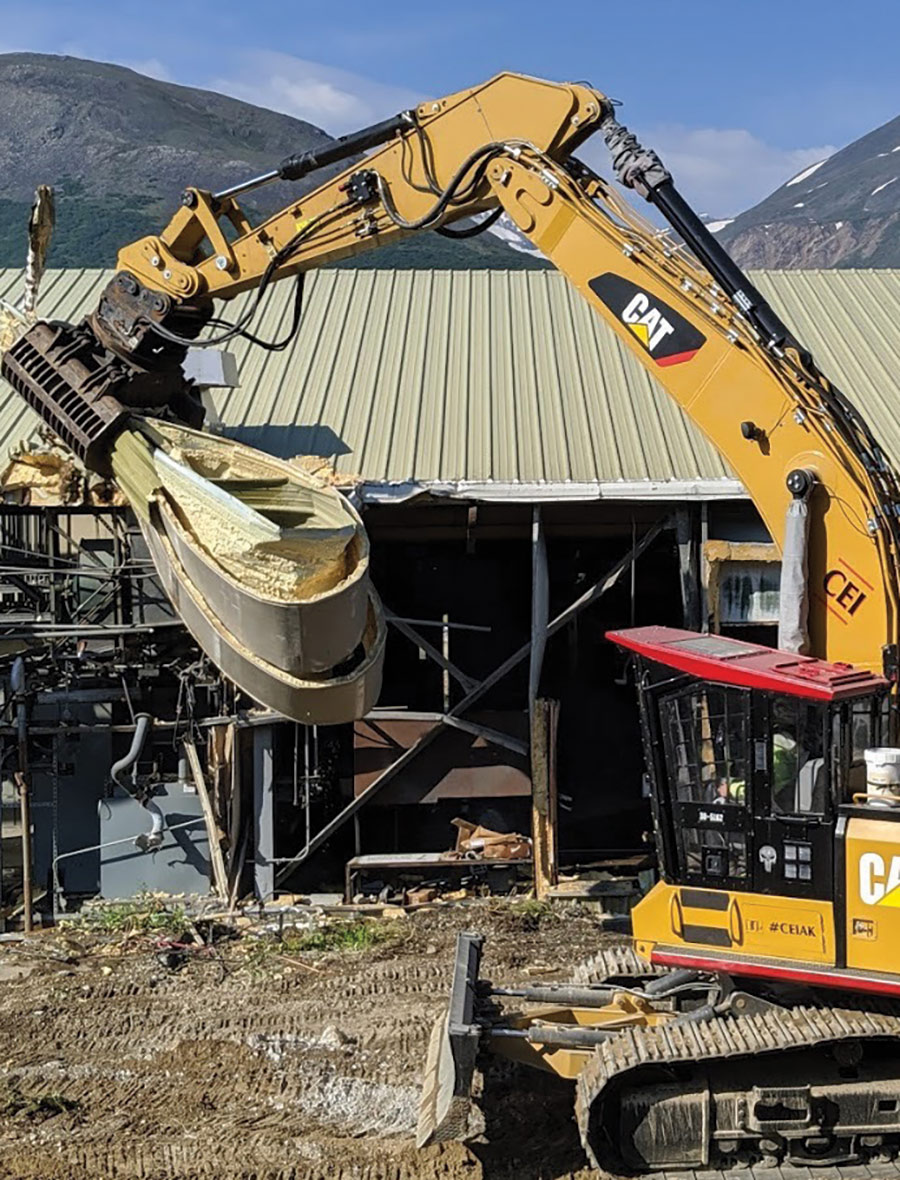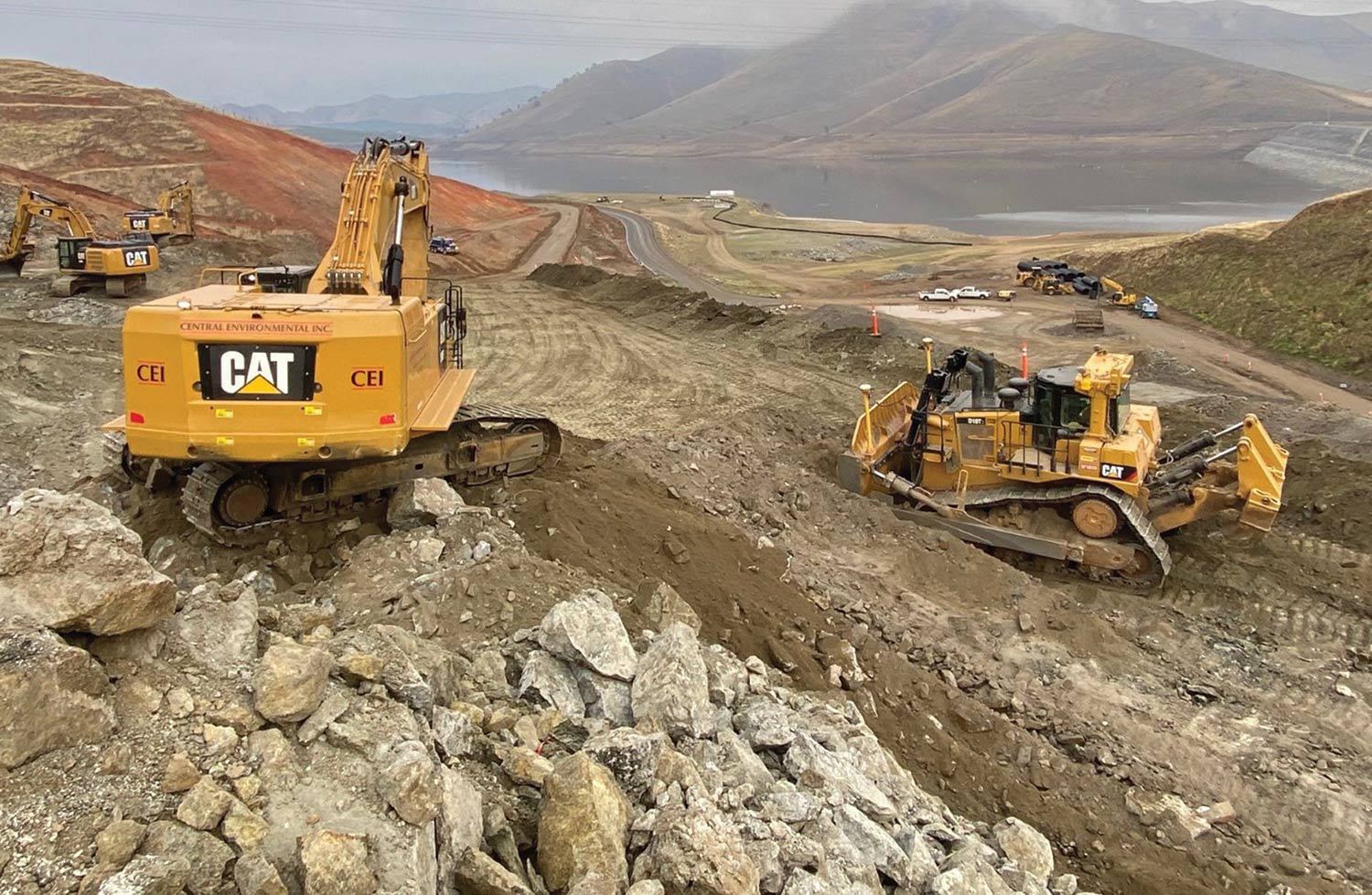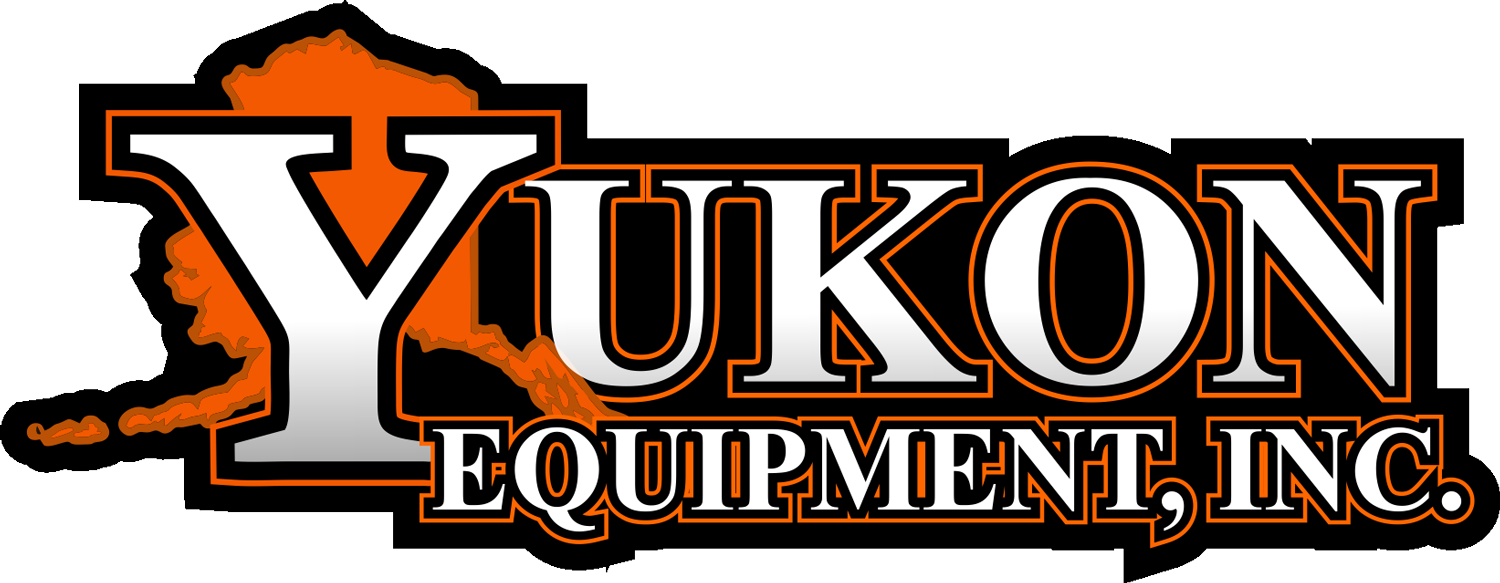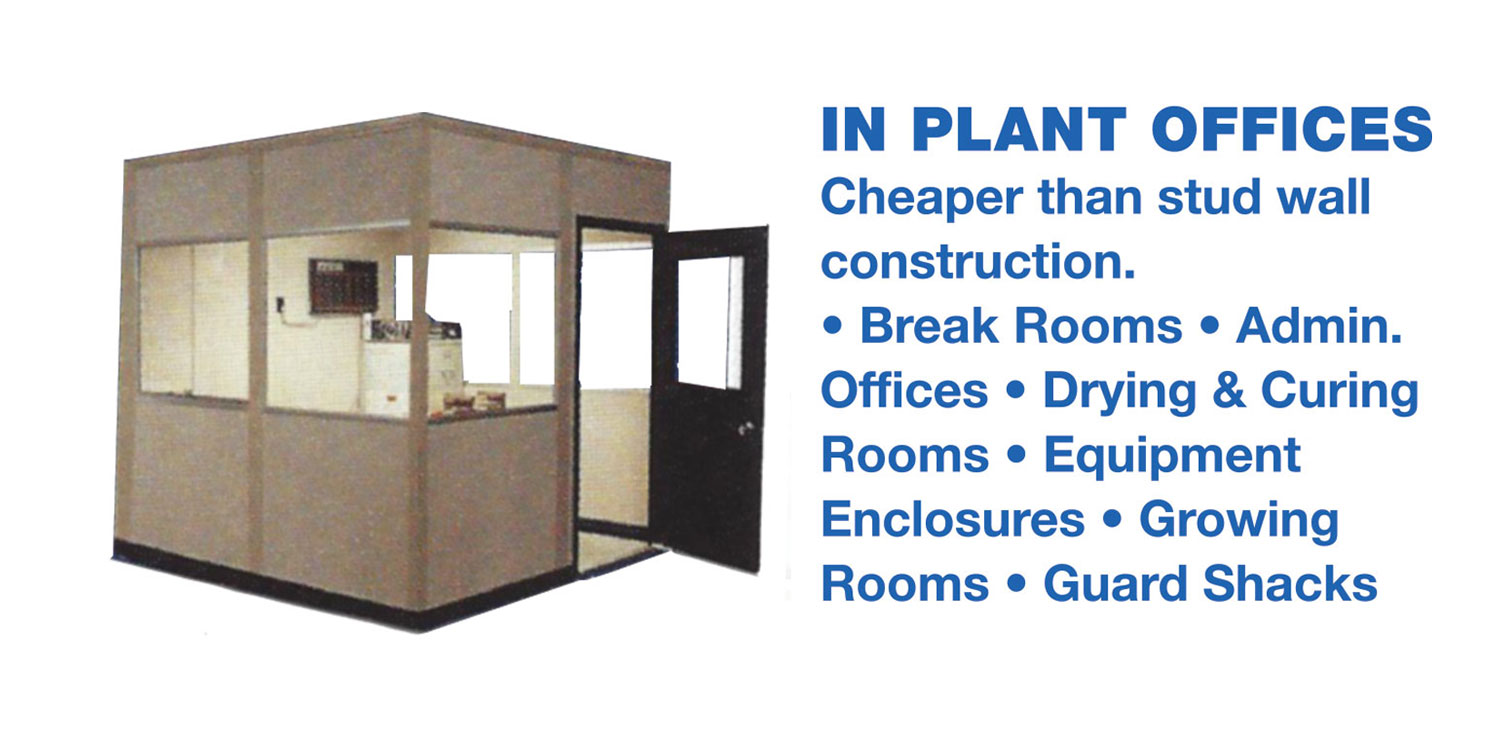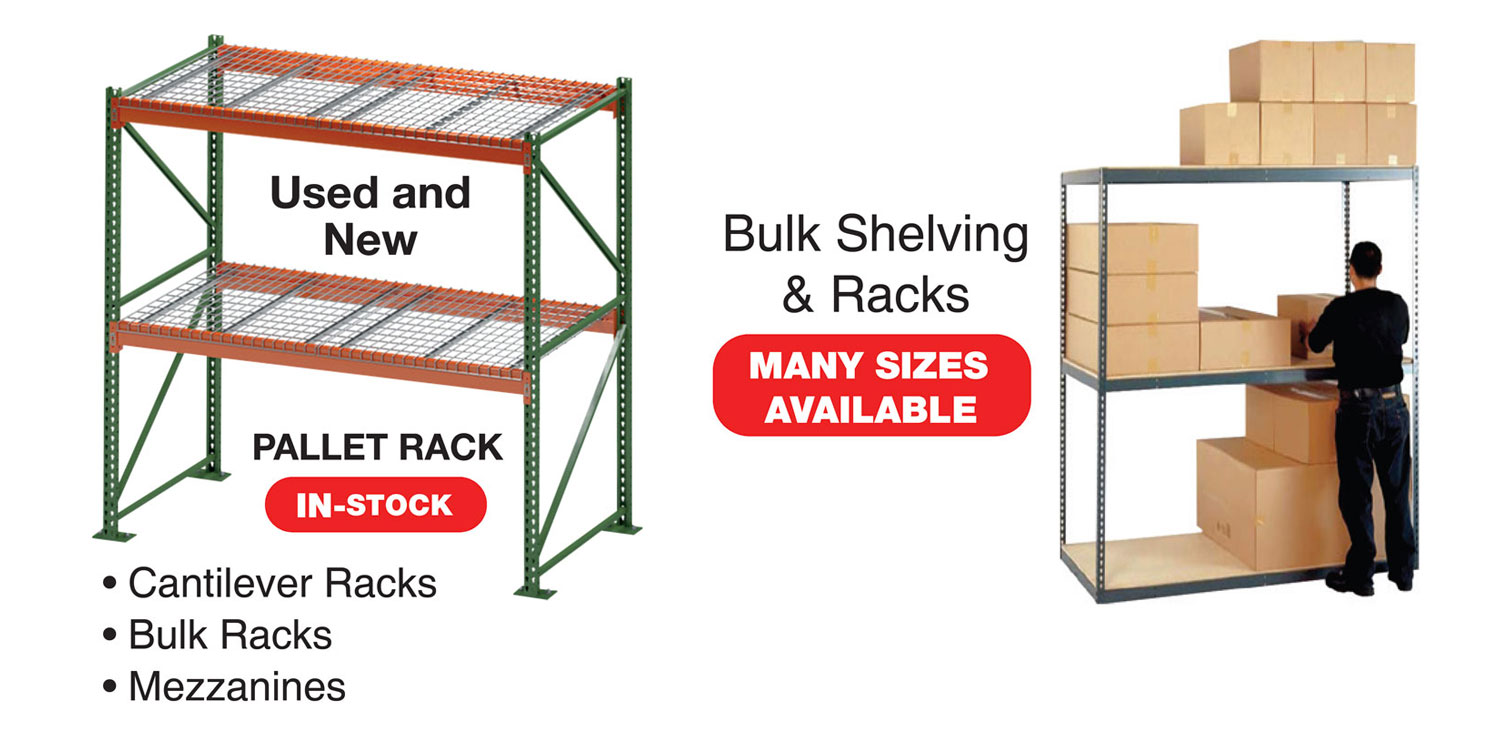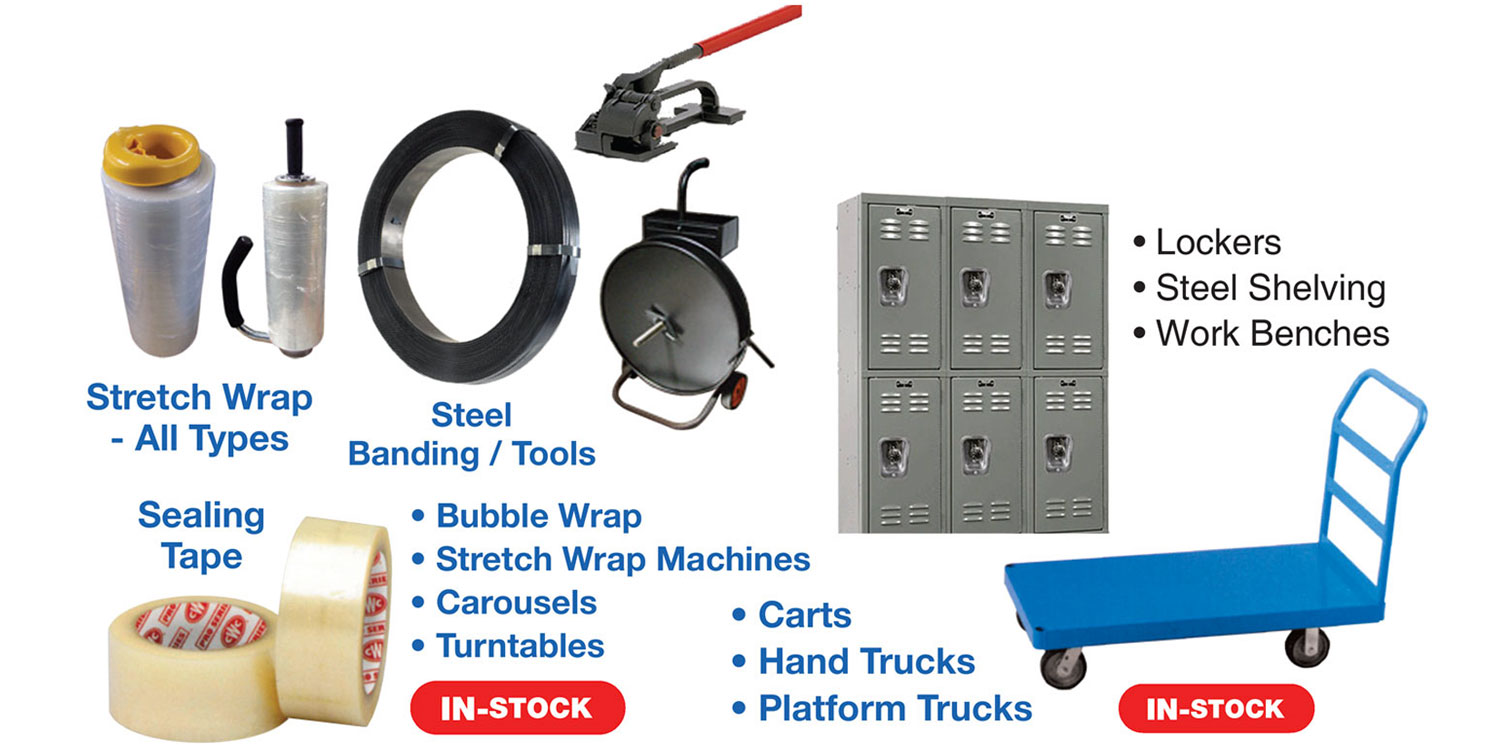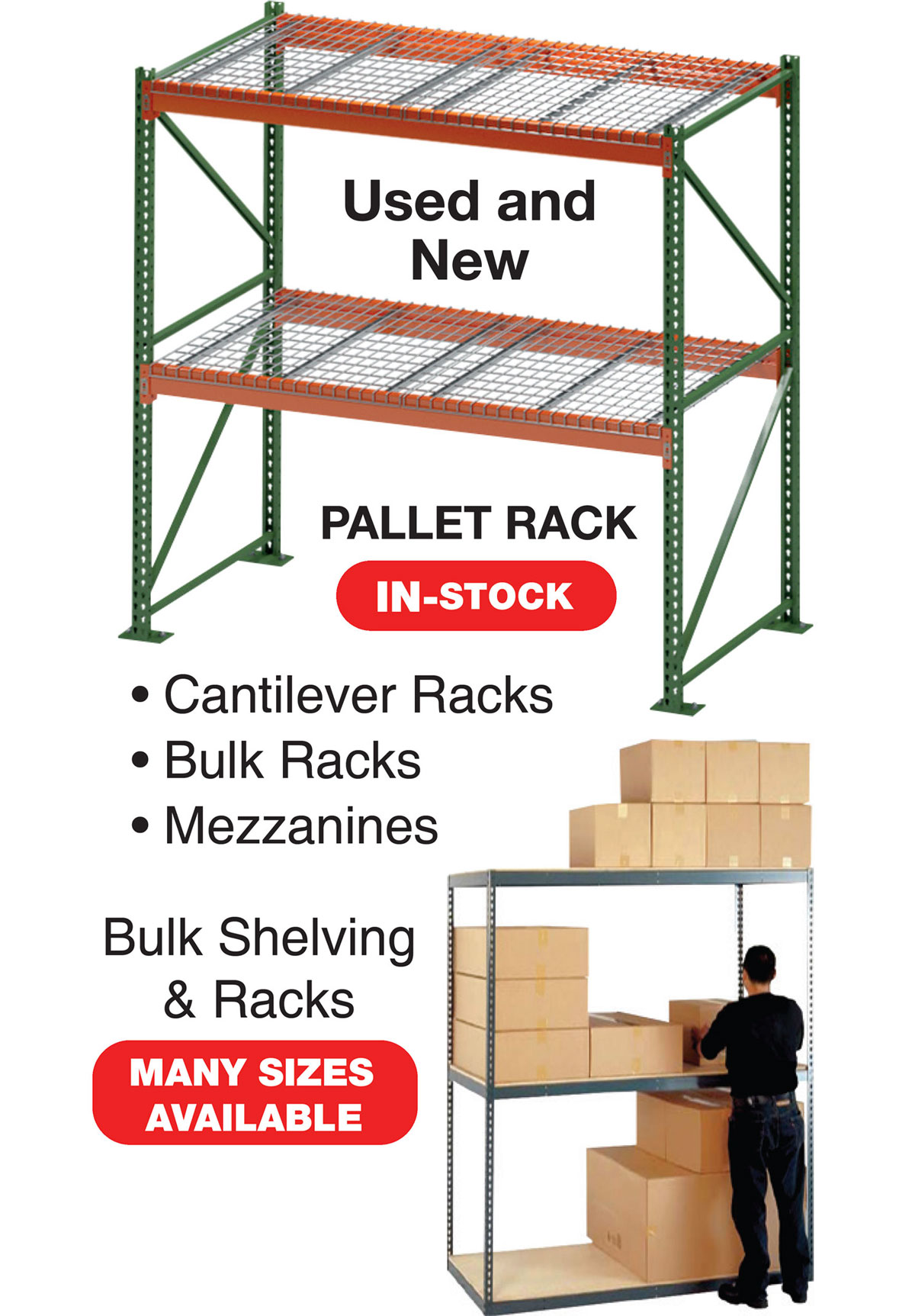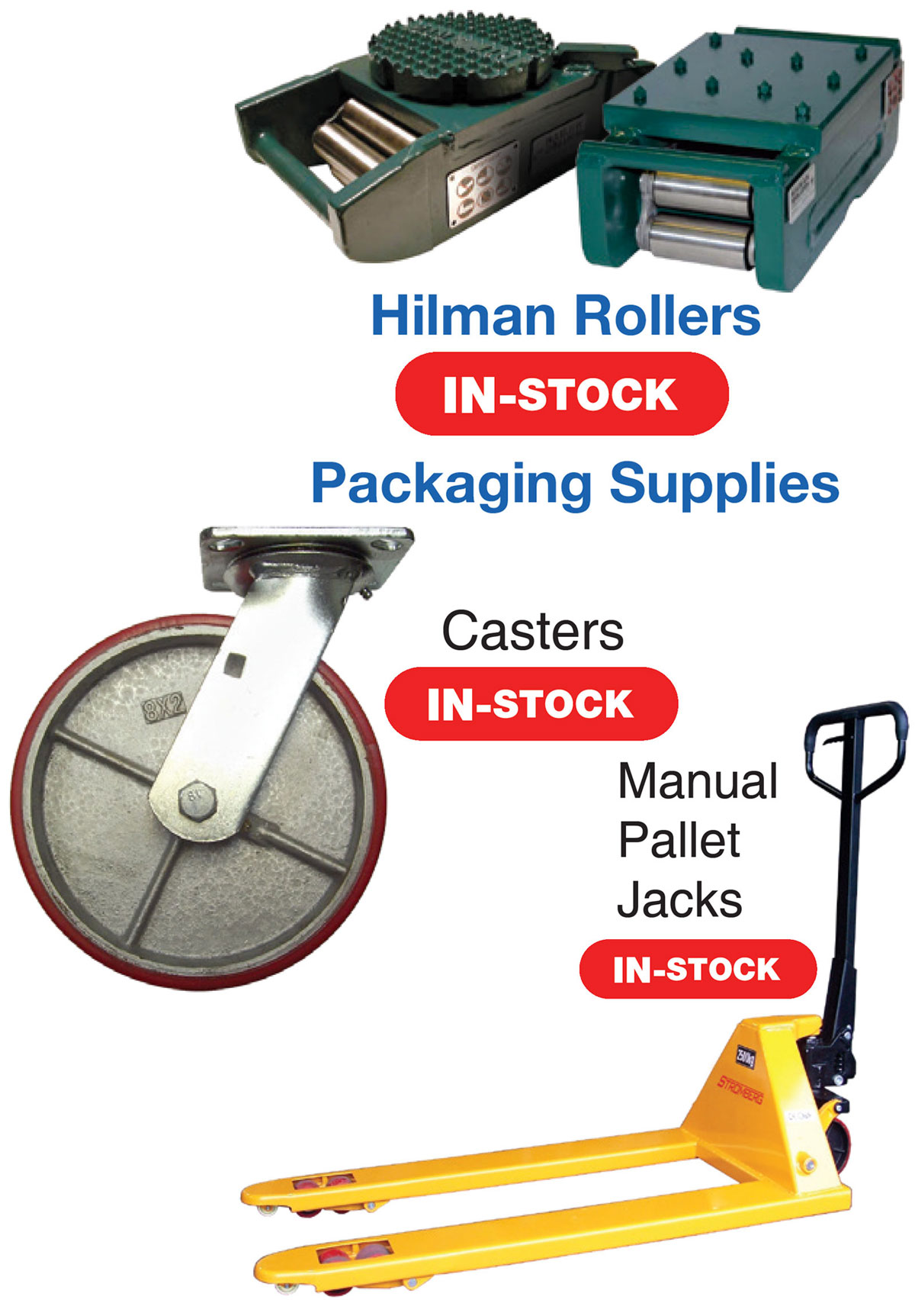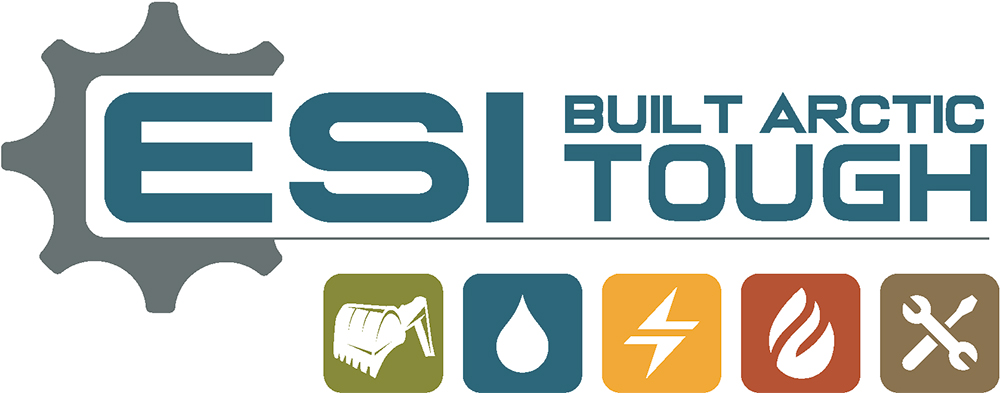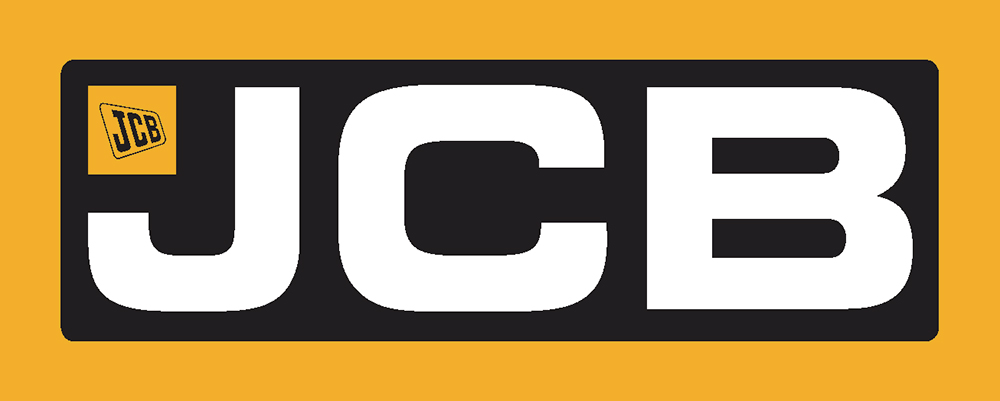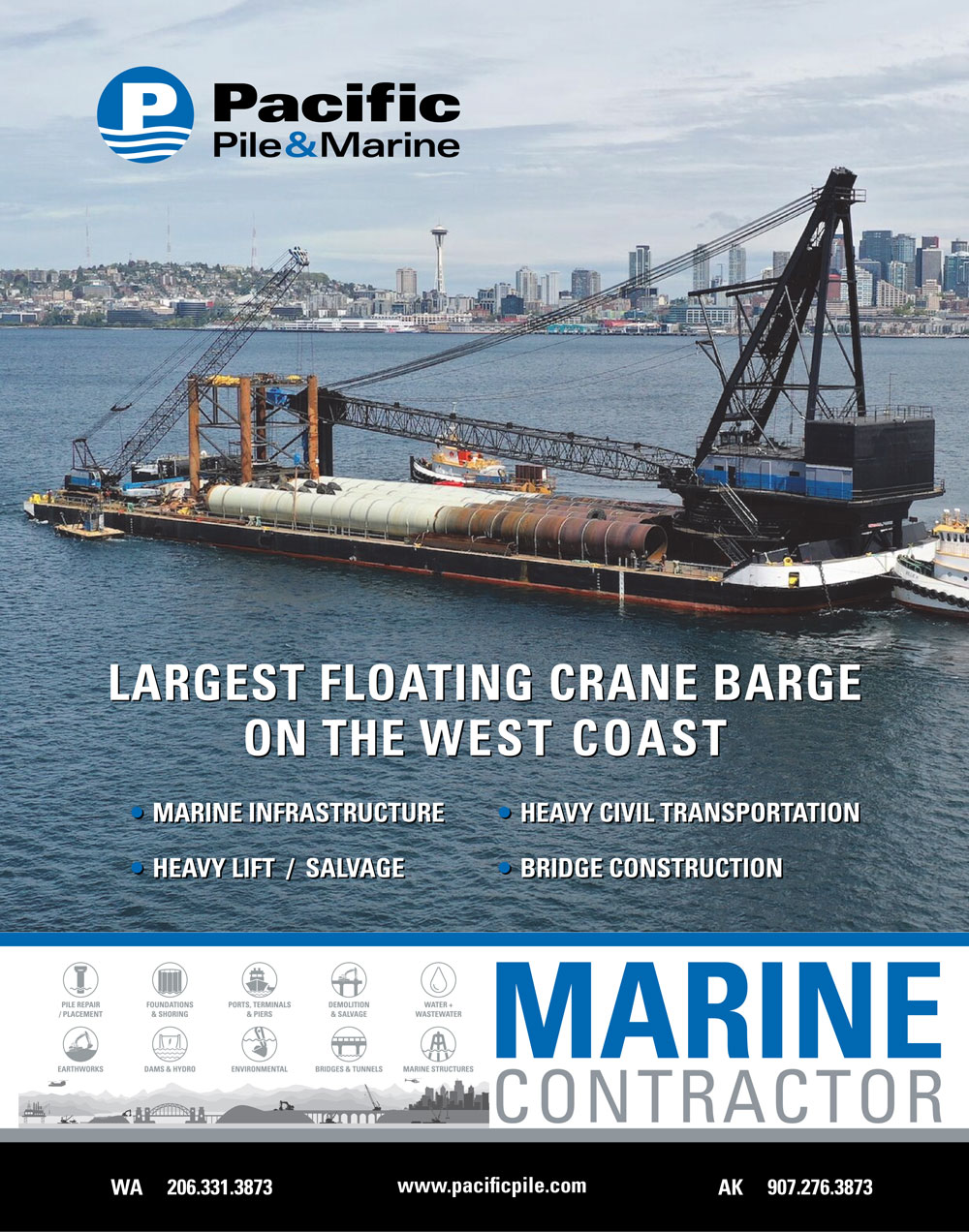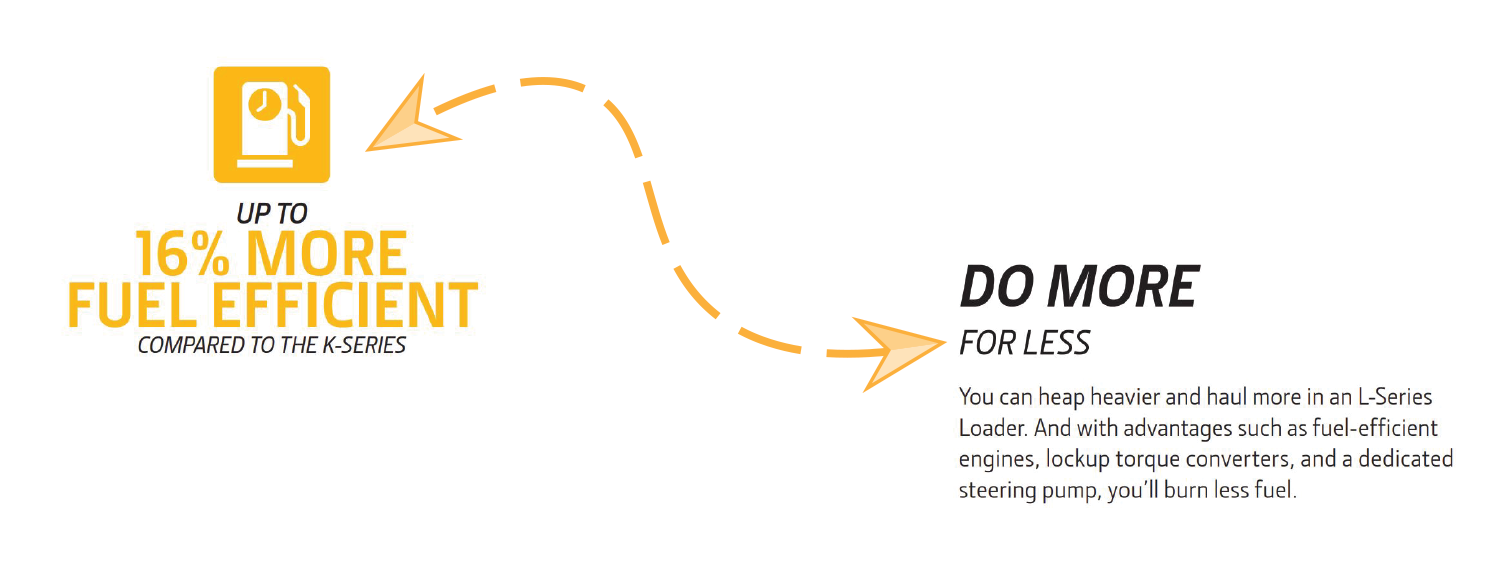Holdmann
Director of The Alaska Center for Energy and Power
Contents
Features
By Isaac Stone Simonelli

By Isaac Stone Simonelli
Quick Reads
About The Cover
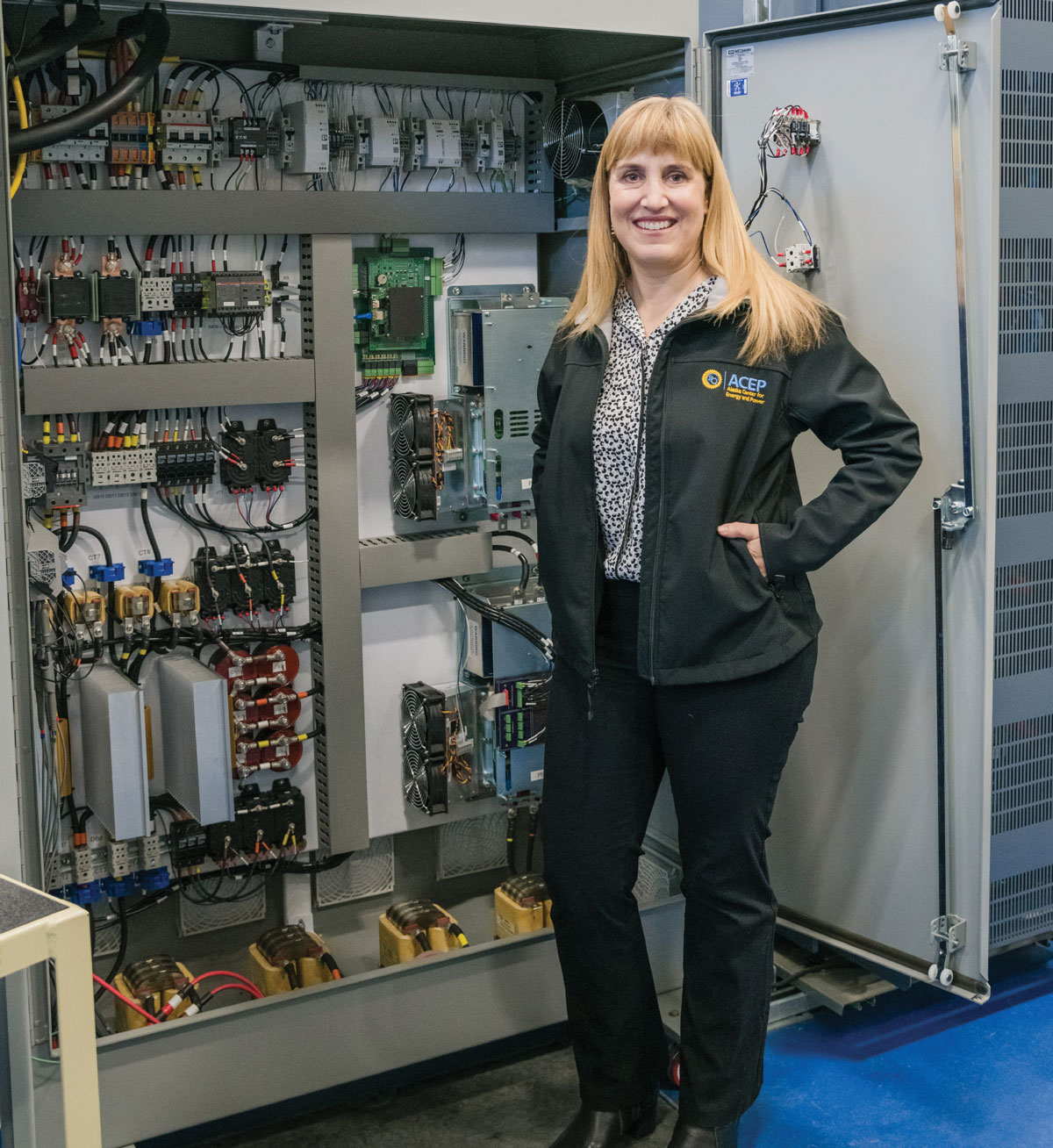
About The Cover
To order back issues ($9.99 each including postage) visit simplecirc.com/back_issues/alaska-business.
From the Editor
As is standard with any thirty-year forecast, Gunn underscored throughout her presentation that “large uncertainty remains on the pace of the energy transition,” and even in the short-term, “there is large uncertainty on oil price supply and demand outlooks due to the Russia/Ukraine conflict.”

Kerry Tasker
Billie Martin
press@akbizmag.com
Postmaster:
Send address changes to
Alaska Business
501 W. Northern Lights Blvd. #100
Anchorage, AK 99503

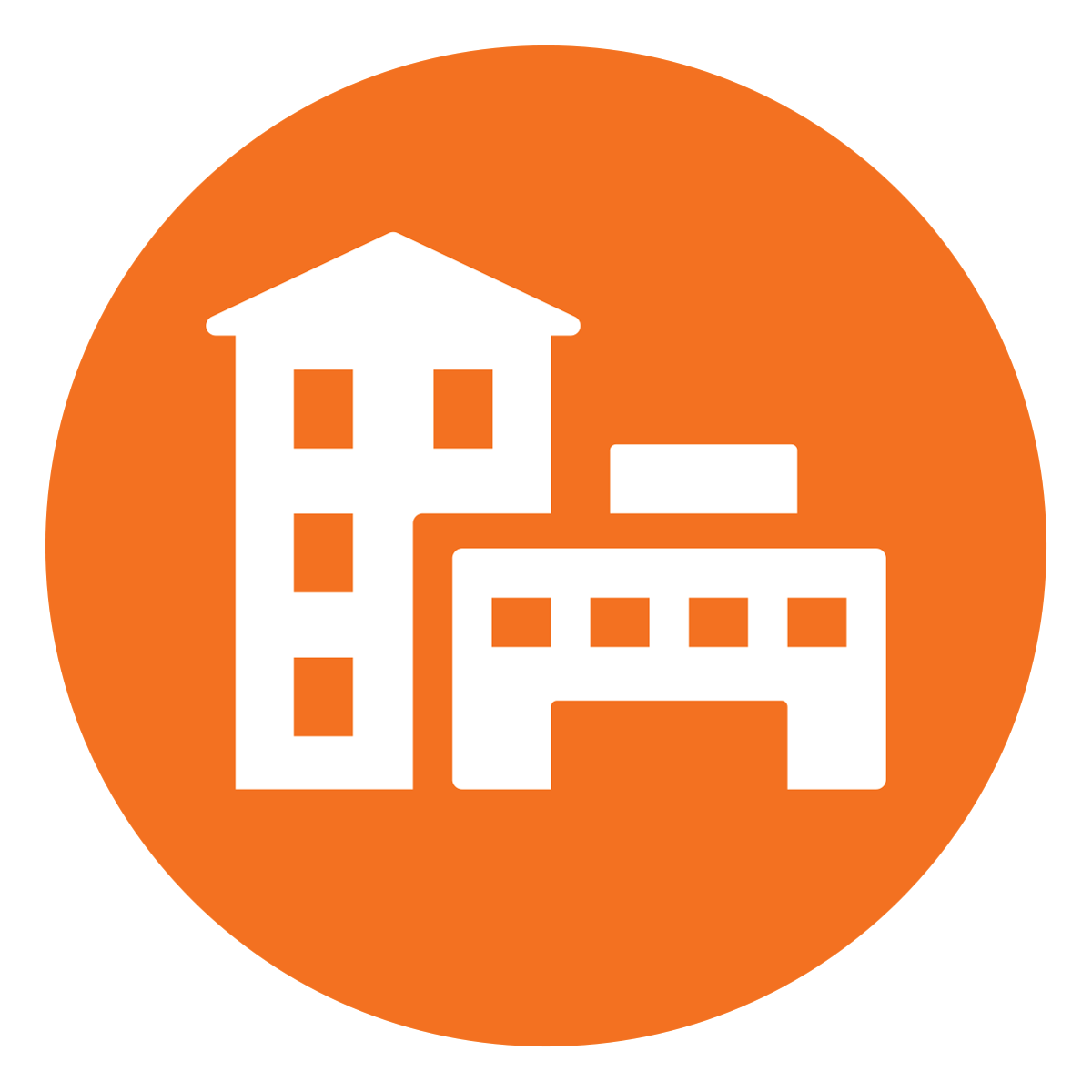



business with us year after year.

lazers, blouses, and skirts hang on racks, but this isn’t a clothing boutique. In the Enterprise and Entrepreneurship lab at Martin Luther King Jr. Technical High School in Anchorage, students can borrow professional attire for a job interview or presentation. That’s just one way King Tech helps guide students into a career.
Entrepreneurship is a long way from the vocational school King Tech started as in 1974. At that time, shop class was for “hobbyesque” crafts and home economics was, well, for homes, says Kern McGinley, principal of King Tech. Nowadays, auto shop and carpentry are taught alongside nursing, cooking, video production, and, yes, starting a business—all under the umbrella of career and technical education (CTE).

we’ll help protect it.

With Arctic IT as your managed cloud services and security partner, you will enjoy measurable advantages such as
- Stronger security
- Predictable IT costs
- Faster support
- And time to focus on business objectives

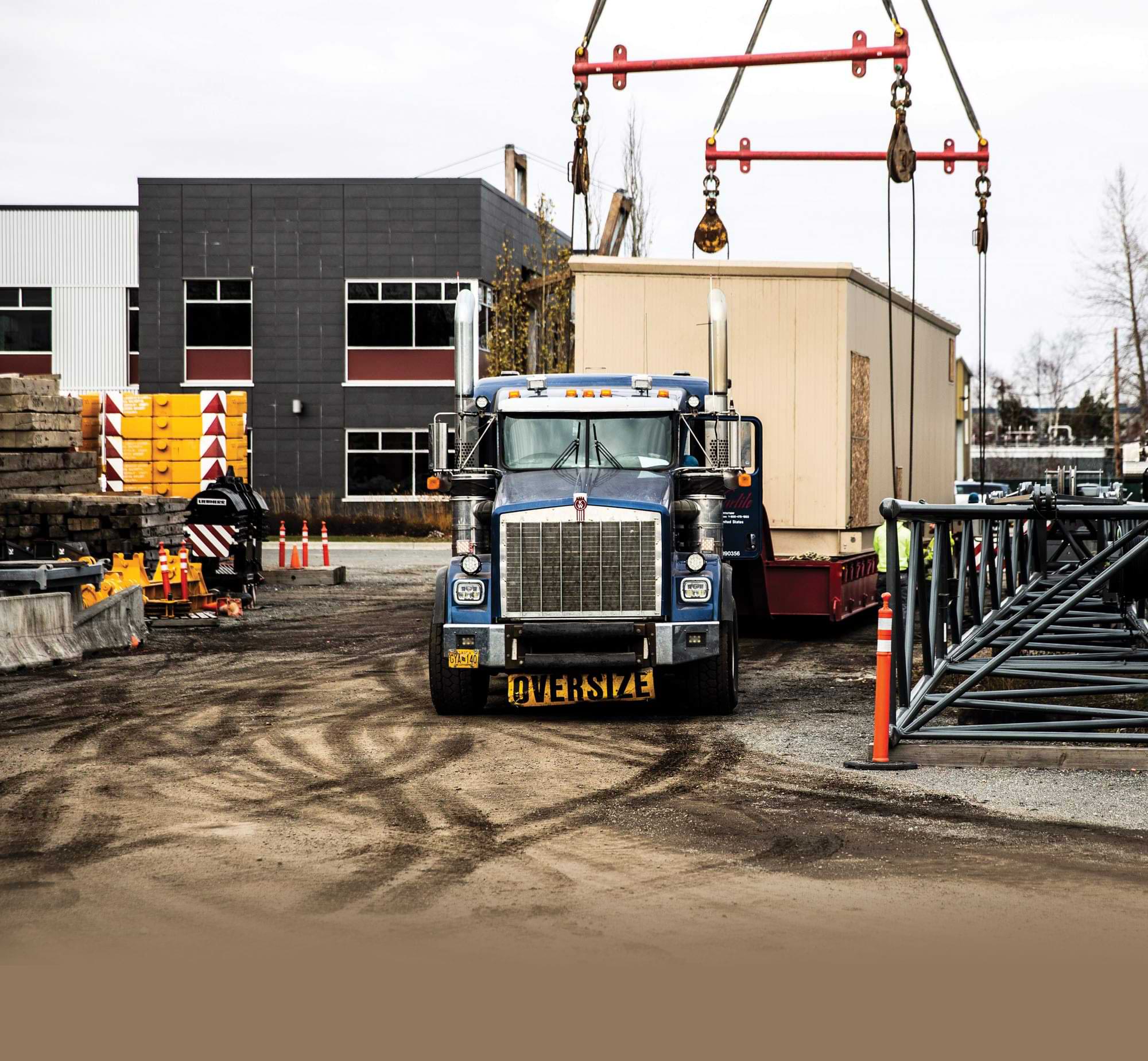
 800.478.1853 | customerservice@carlile.biz
800.478.1853 | customerservice@carlile.bizwe build Alaska
Connecting the World to Alaska.
Connecting the World to Alaska.
 800.478.1853 | customerservice@carlile.biz
800.478.1853 | customerservice@carlile.biz
loud computing has a silver lining, of sorts, at its edge. Edge computing is an alternative to transferring data to a distributed cloud, which has limitations on bandwidth (transmission capacity) and latency (transmission delay). As networked devices become more numerous and powerful, edge computing is steadily growing in usage. By 2025, 75 percent of enterprise data will be processed at the edge, compared to only 10 percent today, according to technology research firm Gartner, Inc.
Edge computing is related to another somewhat recent technology, the Internet of Things (IoT), according to Kenrick Mock, a professor of computer science and dean of the UAA College of Engineering. “The central premise behind IoT is to have everyday objects and sensors connected to the internet,” he says. “Under the vision of IoT, your watch, thermostat, garage door, oven, refrigerator, and even your coffee mug could all connect, communicate, and compute via the Internet. In edge computing, there is the same vision of many interconnected computing devices, but the distinction is where the computation occurs. If you think of large, powerful, remote servers as being in the ‘center’ of the cloud that makes up the Internet, then the ‘edge’ of the Internet are devices on the periphery, such as your phone, laptop, thermostat, watch, or sensor.”
Own the edge.
We are a wholesale broadband service provider that provides middle-mile backhaul services for last-mile service providers, bringing high-speed broadband to the most strategic place on Earth.
Our fiber network is designed to withstand the world’s harshest conditions and are among the most secure form of data connectivity.
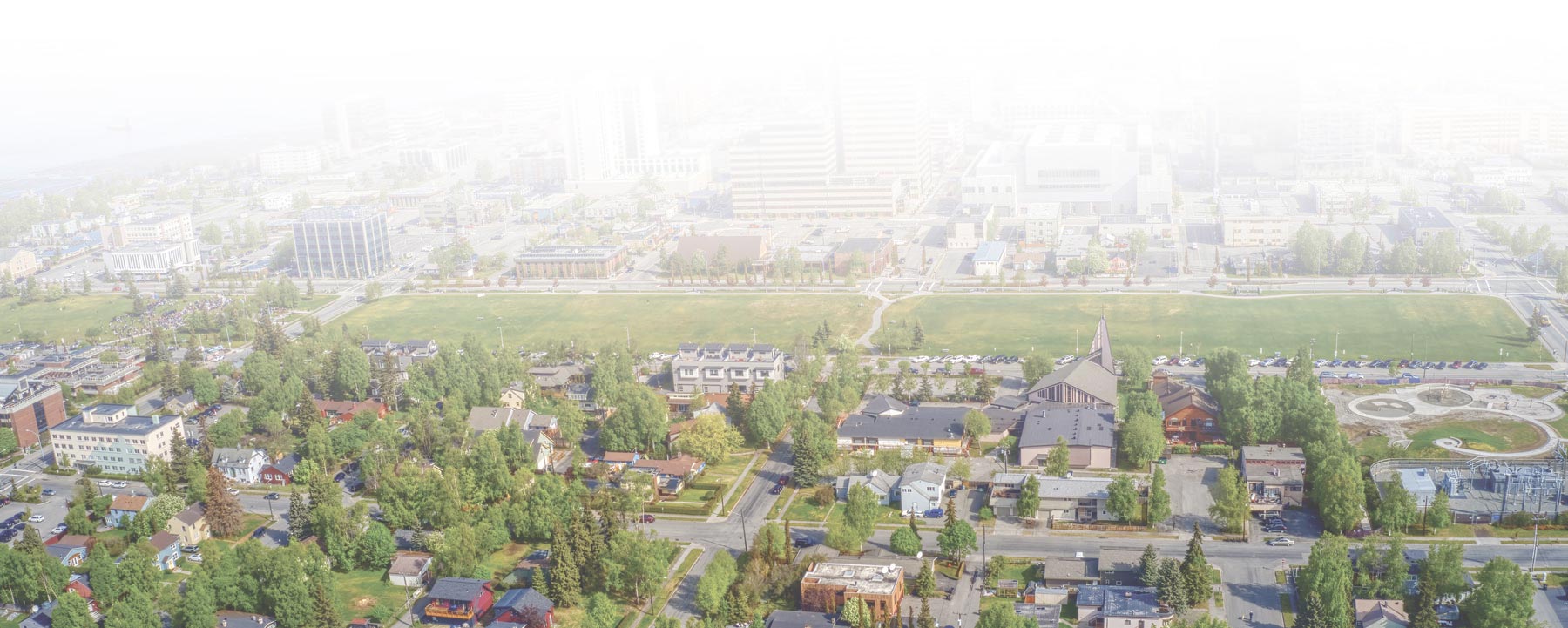
ost of living seems like a simple calculation. Alaskans have an intuitive sense of paying more for necessities than households in the Lower 48 do. Off the road system, stickers that would shock an urban shopper are an everyday feature of store shelves. City dwellers, too, have long known that Alaska is a frontier when it comes to affordability, with extra expenses for home heating and for buying food shipped from Tacoma.
Yet the historic “end of the road” is getting a little closer to market. Despite a jump in the nationwide consumer price index (CPI) of 7.9 percent in the last twelve months, Alaska is a much less expensive state to live in, compared to the Lower 48, than it used to be.
No Sitting Still
Rearranging the office furniture market
By Amy Newman
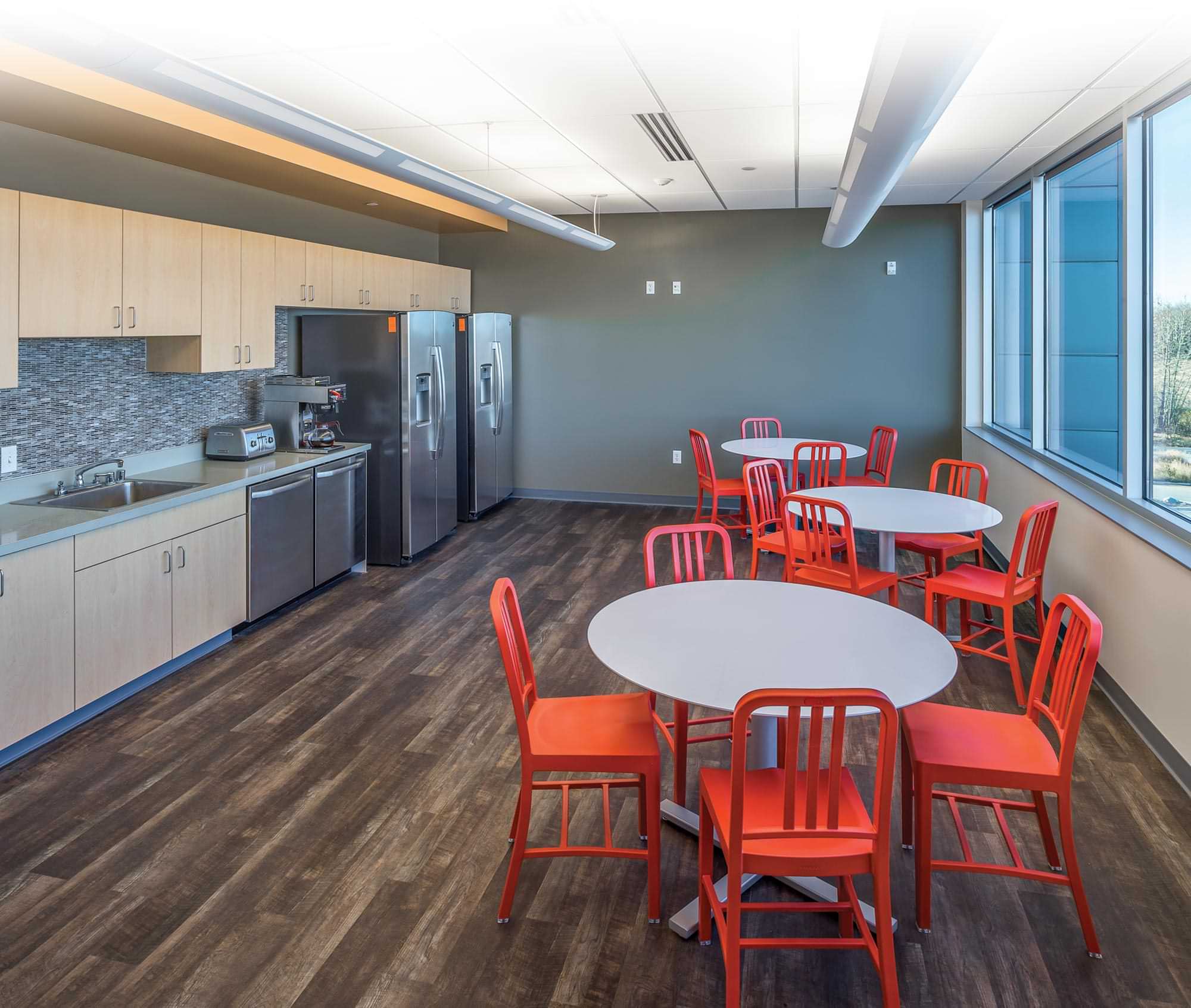
epending on the source, annual revenue for the United States’ commercial furniture market was between $12.3 billion and $12.94 billion in 2020. Given the swift transition offices made to remote work when the COVID-19 pandemic sent the country into lockdown in March 2020, those figures might seem counterintuitive. The logical assumption was that COVID-19 would spell disaster for office furnishings.
It didn’t, and no one is more surprised than John Rafferty, COO of Capital Office in Juneau.
“Going back to when COVID had just hit and everybody goes into lockdown, you would have thought it wasn’t the best time to be in the commercial furniture business,” he says. “But Capital Office has been in business for seventy-five years, and I would say the last two years were our top five in terms of sales revenue.”
Your financial partner,
now and always.



Marine Institute
Birds Eye Photography
eward’s Alutiiq Pride Marine Institute quietly celebrated its 30th anniversary recently, but many residents and even some in the industry are unaware of the pioneering work the shellfish hatchery and mariculture research center has conducted.
Built by the Alaska Department of Fish and Game from criminal settlement funds resulting from the 1989 Exxon Valdez oil spill, the Mariculture Technical Center opened in 1992 with the primary purpose of producing oysters and clams for aquatic farmers.
Haliehana Stepetin
Communities
Subsistence economy is more than cash and calories
By Isaac Stone Simonelli
arvesting our personal food has been something that my family has always done,” says Johon Atkinson, a community wellness specialist in Metlakatla. “We’ve always harvested off the land and been able to fill our freezers with wealth, with investments.”
Atkinson is a full-time harvester of wild resources, in addition to his career in the cash economy. Hunters, fishers, and gatherers harvest an estimated 34 million pounds of wild foods annually, according to the Alaska Department of Fish and Game’s (ADF&G) Division of Subsistence. Those foods provide 25 percent of calorie requirements and more than the entire nutritional requirement for protein in rural communities.
t’s late in the first quarter of 2022, which means a relatively new tradition is taking place in Juneau: the annual debate over the amount of the PFD, which before Alaska’s five-year recession followed a well-established formula. As of publication, conversations about the October payout include the option of a $1,300 energy rebate in addition to a PFD of approximately equal size. To many of the state’s political leaders, it’s not enough money; to others it’s too much. All of them are keenly aware that Alaskans are dealing with a tight housing market, sky-high gasoline prices, and out-of-control inflation. At the same time, Alaska’s residents and businesses have been clamoring for years for a long-term, sustainable fiscal plan. So what’s the magic number that best serves Alaskans of today and tomorrow, considering the unusual mix of tight budgets and high oil prices?
ydrocarbons are a two-edged sword. One edge is hydrogen, storing energy like wound-up springs that is released when combusted with oxygen. The other edge is the carbon atoms the hydrogen is bonded to, which in the grip of oxygen become a climate-warming veil of carbon dioxide gas. Petroleum under the North Slope and methane under Cook Inlet have both potentials: productive energy from hydrogen and destructive pollution from carbon. In a decarbonizing global market, Alaska needs a way to separate the good from the bad.
“If we want to continue to be an energy exporting state, which is very much what we see ourselves as, we need to understand those markets are changing internationally,” says Gwen Holdmann, director of the Alaska Center for Energy and Power (ACEP) at UAF.
Extreme and reliable power when you need it.
Call on Cook Inlet Tug & Barge for your marine services.
Photography by Waliszek.
Photography by Waliszek.
Extreme and reliable power when you need it.
Call on Cook Inlet Tug & Barge for your marine services.
Our end-to-end technology is transforming the traditional care delivery model to bridge the gap between health and social care, close the loop on referrals, and improve healthcare outcomes.
Unite Us solutions help organizations and social care providers to partner more effectively in one east-to-use, secure and compliant platform.

e came so close. For more than forty years, the most enduring cause that Don Young advocated for, as Congressman for All Alaska, was oil and gas development in the Arctic National Wildlife Refuge (ANWR). Before he died in March, Young had seen a president sign legislation authorizing lease sales in ANWR’s coastal plain; he saw a lease sale actually carried out; and he was on the verge of seeing initial exploration toward eventual development.
The first exploration campaign is on hold, pending court action. And Young had one more counterattack in his pocket, a bill to prevent a moratorium on leasing in the refuge: HR 1726, the ANWR Act, which stands for “America Needs Worthwhile Resources.” His last ANWR bill was only the latest, after fourteen previous attempts to open ANWR.
Engineering Design
Phase I & II ESA
Industrial Hygiene / CIH
Environmental Remediation
Hazardous Materials Management
Certified Inspection Services
HSE Program Development
Contingency Planning
Energy Efficiency
Sanitary Surveys
Engineering Design
Phase I & II ESA
Industrial Hygiene / CIH
Environmental Remediation
Hazardous Materials Management
Regulatory Compliance Support
Certified Inspection Services
HSE Program Development
Contingency Planning
Energy Efficiency
Sanitary Surveys
907-452-5688
ANCHORAGE
907-222-2445
JUNEAU
907-586-6813
yte by byte, technology is helping the oil and gas industry become more efficient, cost-effective, and safe. Advancements in remote sensing technology and their implementation allow oil and gas companies to collect higher quality data and act more precisely in the field.
“Using remote sensing, you can collect a lot more data a lot faster,” explains Adam McCullough, the Alaska program manager for NV5 Geospatial, which specializes in light detection and ranging (LIDAR) mapping.
The laser-based remote sensing technology—deployed on autonomous vehicles, fixed-wing aircraft, and helicopters—can provide detailed topographic maps, lake-bottom maps, and vegetation data.
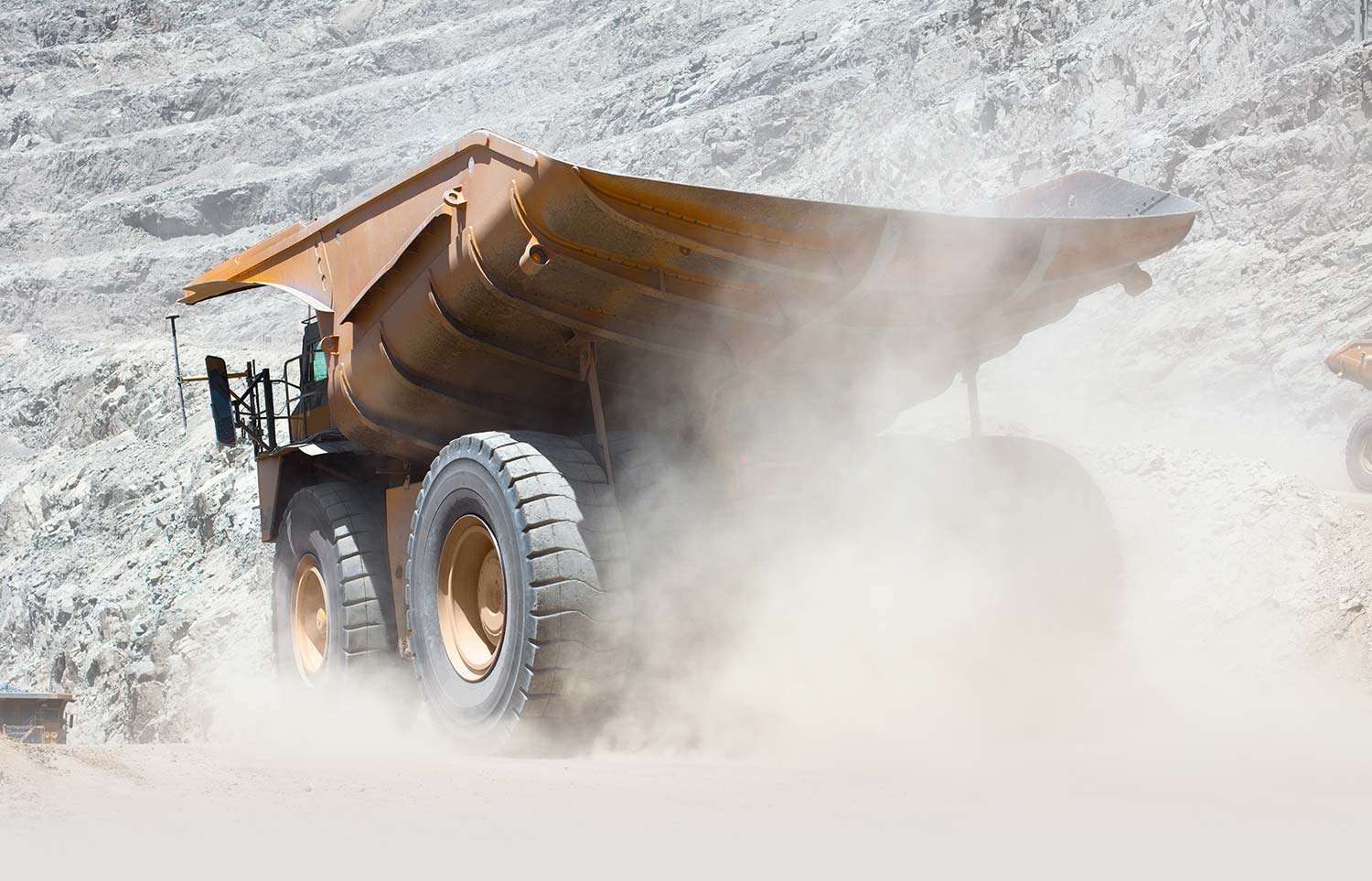
SWPPP & Erosion Control
Geomembrane Liner
Asphalt Maintenance
Geotextiles
Drilling Fluids
Industrial Grade Salt & Calcium Chloride
PIPEFITTERS & WELDERS
of the UNITED ASSOCIATION
Pipelines for Over 40 Years
APPRENTICESHIP INTERVIEWS YEAR AROUND
he development of oil and gas in the Arctic has been a hot topic for some time, but the reality is that oil produced in Alaska has always primarily come from the North Slope, solidly within the Arctic Circle. However, the majority of oil and gas production in the United States is not within the Arctic, as Alaska is currently the fifth largest oil producing state, following Texas, North Dakota, New Mexico, and Colorado.
Even though the state doesn’t lead US production (which is the current largest producer of oil in the world), Alaska’s location is what includes the United States as one of eight countries with territory in the far north. The others are Canada, Denmark (via Greenland), Finland, Iceland, Norway, Sweden, and Russia. Oil and gas operations in the eight Arctic countries are incredibly varied, ranging from national policies that discourage oil and gas to country-wide efforts to ramp up production. Below are broad overviews of the eight Arctic nation’s relationship with the oil industry.
he Trans Alaska Pipeline System is an iconic image of Alaska and the oil industry. Because many sections of the pipeline are easily accessible and traverse stunning Alaska landscapes, it’s often photographed and is instantly recognizable. In fact, when looking for oil infrastructure images in Alaska, more often than not the challenge is finding an image of anything else.
So Alaskans may be less familiar with other vistas of the state’s oil industry (if that’s the case, make sure to check out “Images of Infrastructure,” a photo essay of Alaska oil field infrastructure we published in October 2021). For Alaska Business, even more rare are opportunities to look at oil and gas operations around the world.
Alaska is one of the largest producers of oil in the United States, which is the largest producer of oil in the world, a position it’s held since 2018, yet we’re nowhere close to being alone in delivering oil to market. Worldwide private and publicly-owned entities conduct their own exploration and production activities, all of which feed into a vibrant global oil market that—as Alaskans well know—can be unpredictable and influenced by innumerable economic, political, and social factors.
t’s easy to take oil for granted in Alaska. The average citizen knows enough to be grateful that money from petroleum development is the reason the statewide income tax was abolished and why the Permanent Fund was established, sharing its dividends with residents each year. Beyond that, anyone not connected to the industry can be confused or overwhelmed by the terminology. Well, here’s some whelmable knowledge to increase appreciation for Alaska’s richest resource—and sharpen skills for pub trivia, as a bonus.


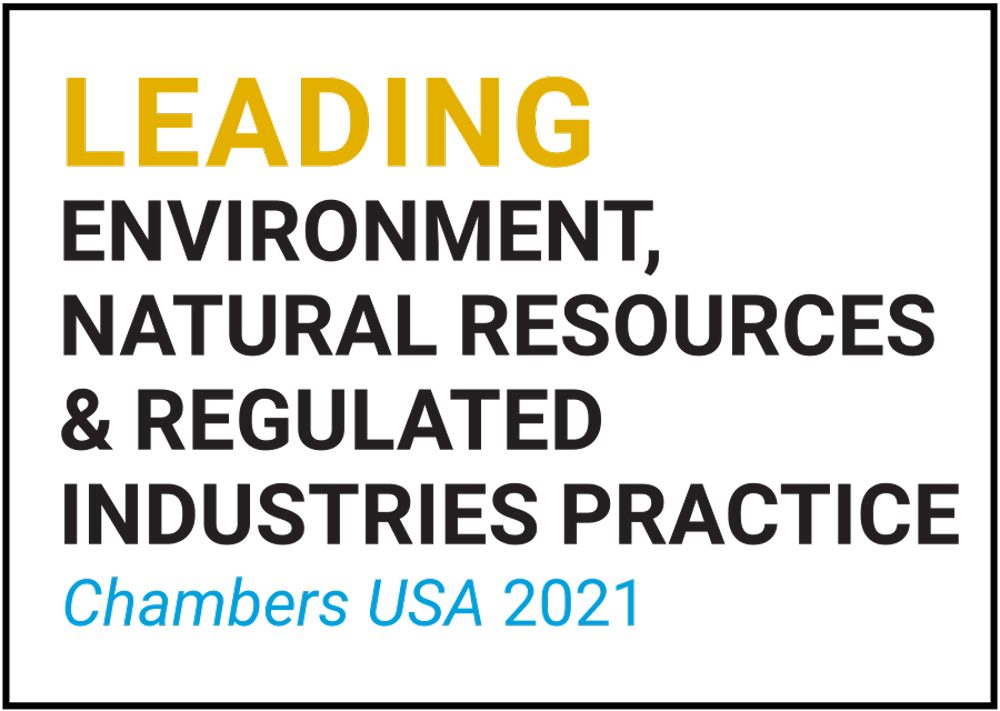
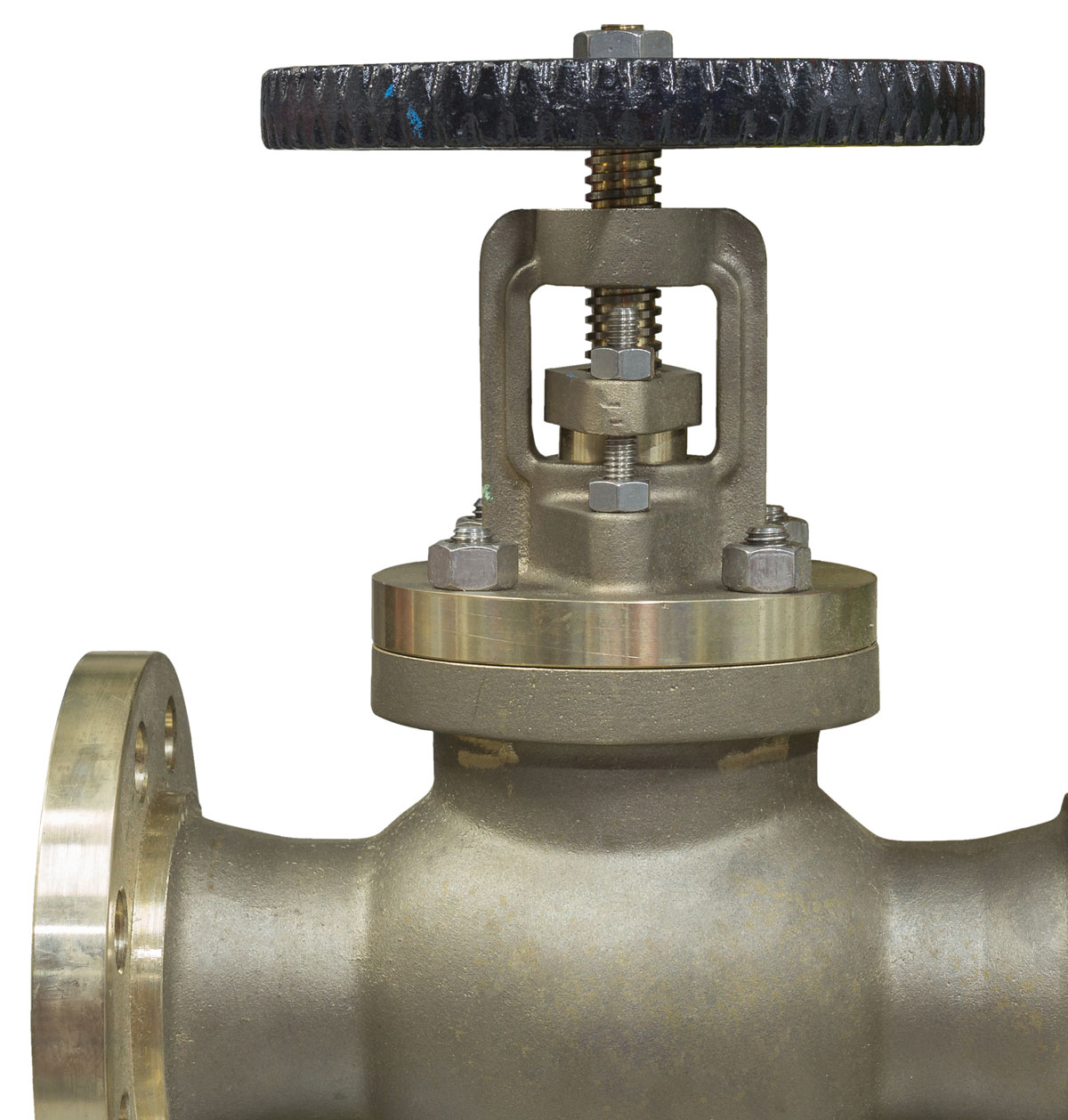
etlin Lake in Alaska’s eastern interior is situated in the Tetlin Passage, a corridor through the upper Tanana River valley where the Alaska Range and Wrangell Mountains create a funnel for migratory birds. Tetlin Lake also feeds the Tetlin River, a short tributary of the Tanana. Both are named for the Athabascan village of Tetlin, located along the riverbank within hiking distance of both the Tanana and the lake.
The Upper Tanana Athabascan language gives the lake a different name: Manh Choh, which simply means “big lake.”

Call 907-277-1541 for more information.

Summer in Alaska is a sacred time. Perhaps you’ll take the time to be out on the river fishing at your favorite spot, waving a stick at the fish. How can you ensure your business is still working for you when you’ve swapped your slacks for waders? One solid solution is to advertise in the popular Best of Alaska Business awards issue. Here are four great reasons to run an ad in July’s Alaska Business magazine:
Stay Visible During Summer: Winning businesses stay visible all year long—they don’t take the summer off. Keep your business top-of-mind (maybe your competitor is snoozing in a hammock, but you shouldn’t be!).
July’s Magazine is a Reader Favorite: Readers want to know who the Best of Alaska Business winners are since our readers voted for them. July’s magazine is now one of our most popular issues, and this year we’ll honor more than 100 winners in thirty-plus categories.
orth Slope Borough communities were supposed to be well into a six-year program of capital improvements by now. The COVID-19 pandemic interrupted the timeline, but the federal Infrastructure Investment and Jobs Act is revving it back up.
In 2020, the North Slope Borough approved a capital plan through 2025 with a special focus on construction projects in eight Arctic communities.
“We prioritize our projects based on life, health, and safety issues—things that will make our residents’ lives better,” says Bernadette Adams, director of the borough’s Capital Improvement Program Management. “These include things like providing water and sewer to homes or creating eight- or ten-plexes to help ease the housing crisis. Our goal is to undertake projects that will have a good impact in these communities.”

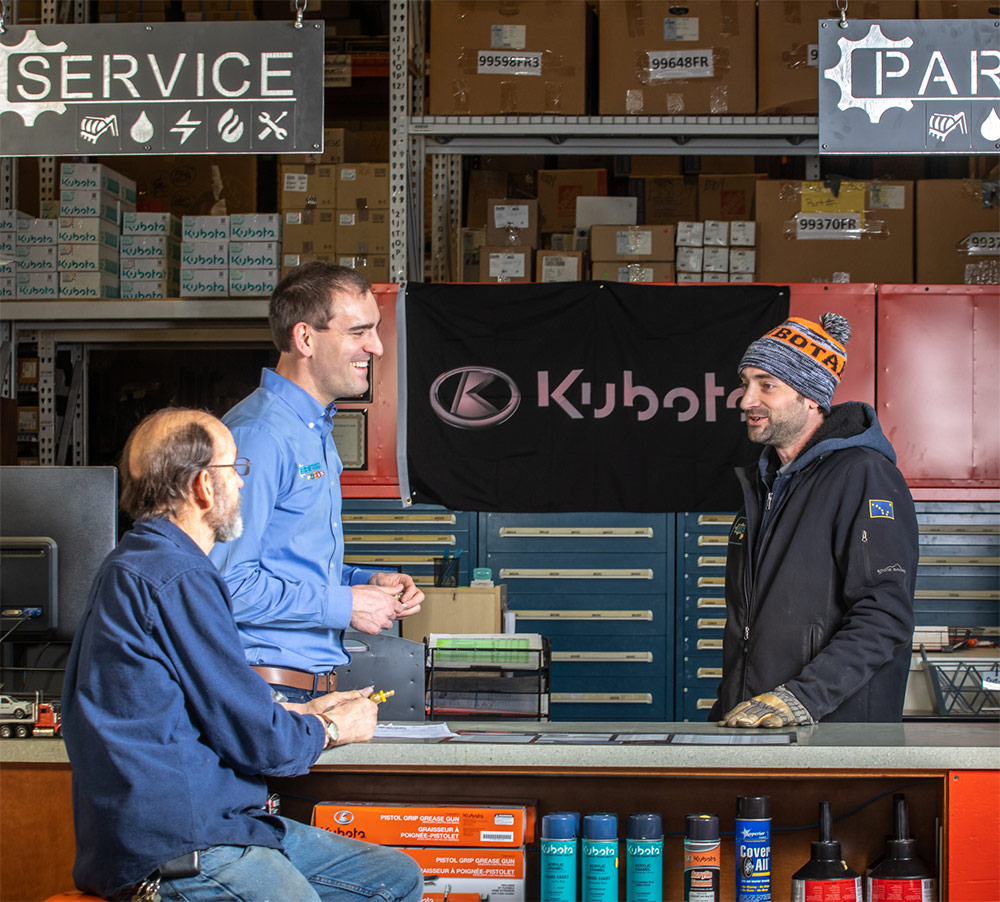
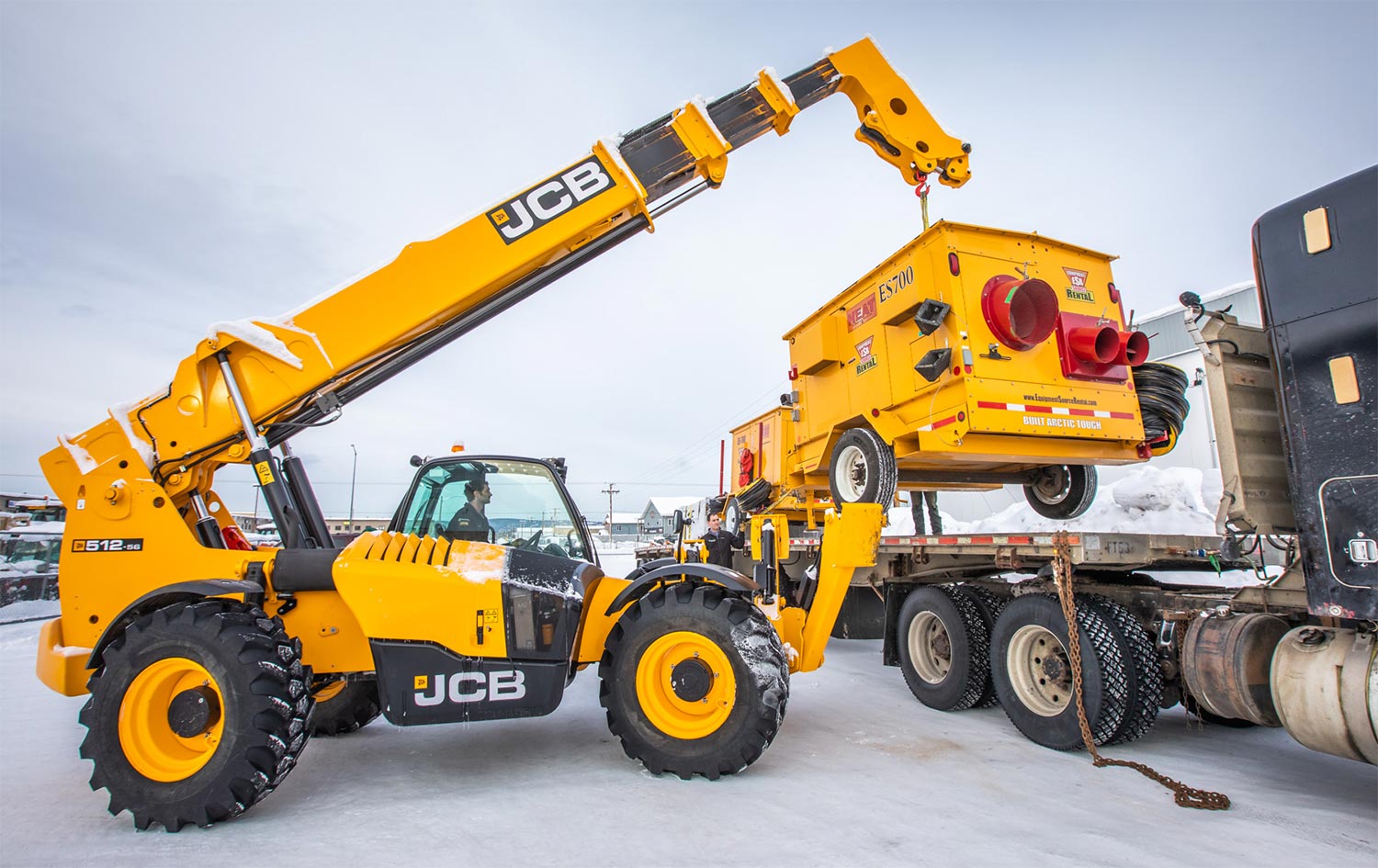
WE KNOW ALASKA!
Fairbanks (907) 458-9049
Williston (701) 774-5312
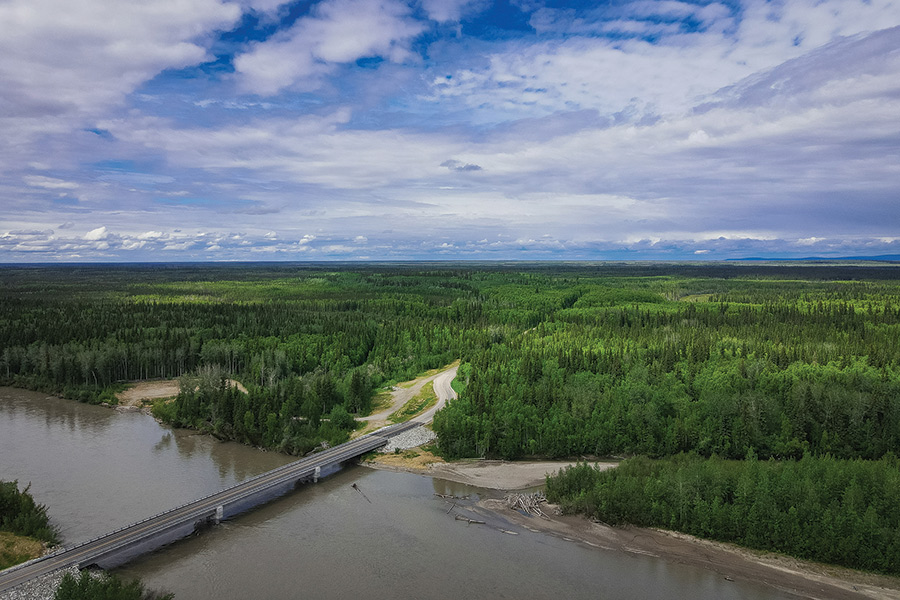
dnr.alaska.gov/ag/nentot/
Economic Indicators
 501,379 barrels
501,379 barrels 3.4% change from previous month
3.4% change from previous month
3/30/22
Source: Alaska Department of Natural Resources
 $105 per barrel
$105 per barrel 7.2% change from previous month
7.2% change from previous month
Source: Alaska Department of Natural Resources
 361,800 Labor Force
361,800 Labor Force 5.4% Unemployment
5.4% Unemployment
Source: US Bureau of Labor Statistics
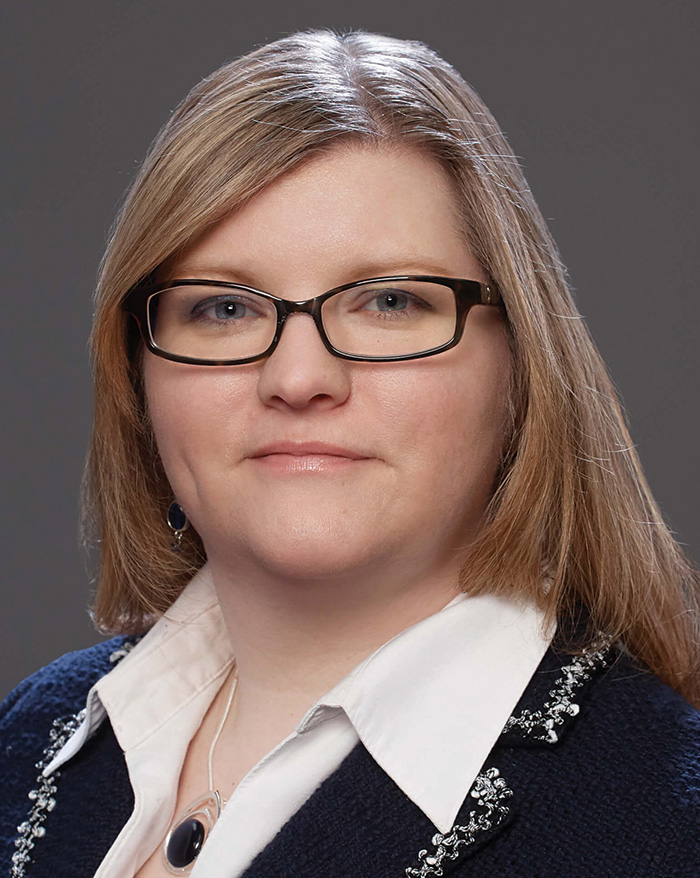
 Alaska’s largest locally owned accounting firm promoted Heather Savery to the role of Chief Operating Officer. In this position, Savery works with the leadership team of Altman, Rogers & Co. on strategy and execution with a focus on the firm’s employee engagement and support initiatives. Savery previously served as the firm’s administrator, overseeing finance, administration, and public relations. She also held accounting leadership roles in the areas of aviation, nonprofits, and government contracting.
Alaska’s largest locally owned accounting firm promoted Heather Savery to the role of Chief Operating Officer. In this position, Savery works with the leadership team of Altman, Rogers & Co. on strategy and execution with a focus on the firm’s employee engagement and support initiatives. Savery previously served as the firm’s administrator, overseeing finance, administration, and public relations. She also held accounting leadership roles in the areas of aviation, nonprofits, and government contracting.
Alaska Trends
asoline prices fluctuate in direct response to the price of the crude oil it’s made from. Oh boy, do they fluctuate. Not so, however, the employment of workers who supply those fossil fuels. Not in Alaska, at least. The number of oil industry jobs has declined fairly steadily since the 2014 oil price crash, even though prices themselves have gone up, then down, then up again.
The oil and gas industry remains the primary economic activity of Alaska, no question about it. No question, too, that the industry looks much different today than it did just seven years ago, with half as many workers on the payroll.
Production has not shrunk by half, though. The volume of crude in the Trans Alaska Pipeline System is down, yes, but the decrease is closer to 8 percent than 50.
At a Glance
Traction: Get a Grip on Your Business by Gino Wickman [as an audiobook].
What charity or cause are you passionate about?
Anchorage South Rotary Club.
What’s the first thing you do when you get home after a long day at work?
Kiss my wife and kids. Figure out what’s for dinner. Try to get off my computer. Not always super successful because a lot of times our auctions close in the evenings, so I have to process invoices.
What vacation spot is on your bucket list?
Australia.
If you could domesticate a wild animal, what animal would it be?
A cheetah would be pretty cool ‘cause they’re so fast, and an auctioneer is known for their speed, at least in voice.
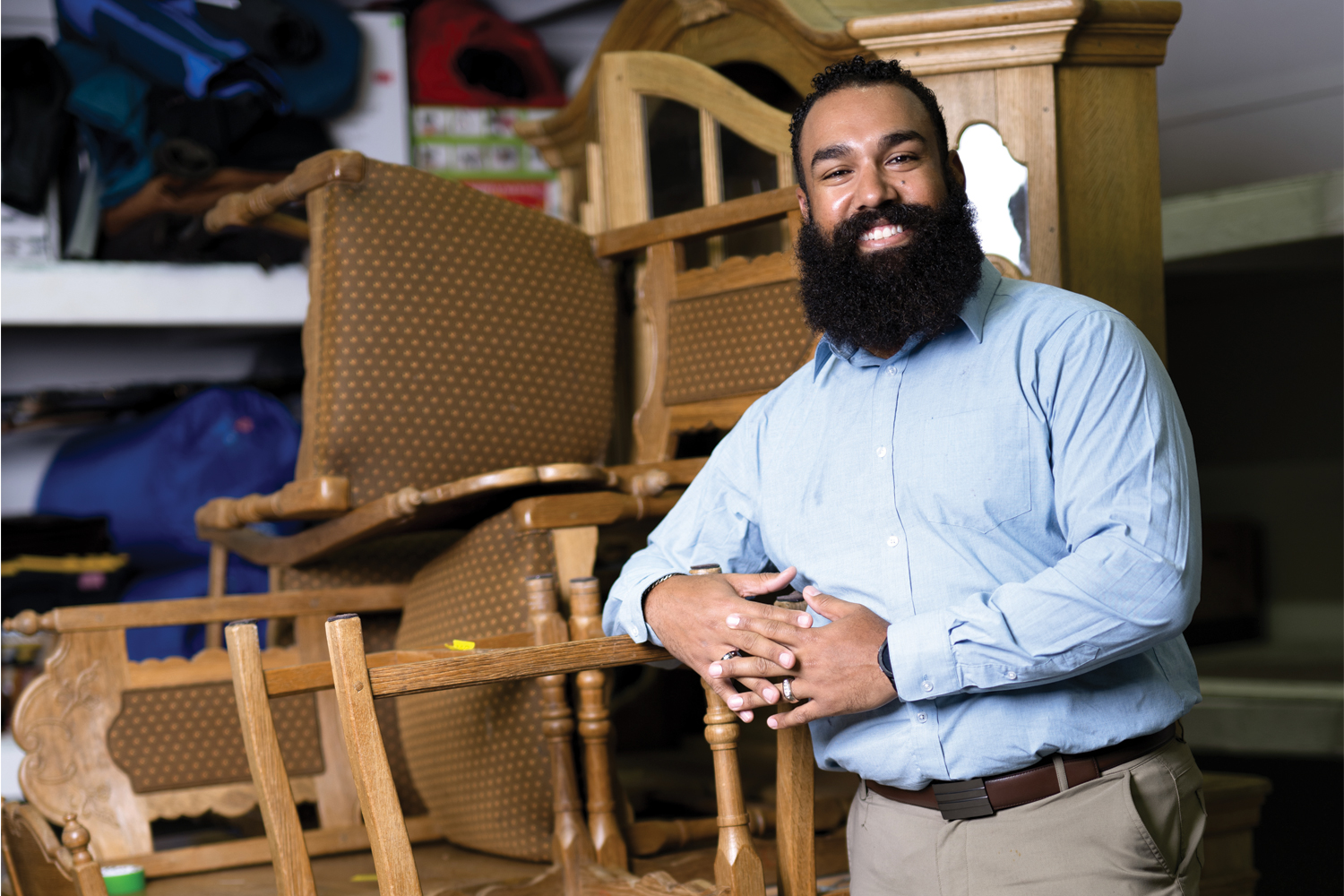
At a Glance
Traction: Get a Grip on Your Business by Gino Wickman [as an audiobook].
What charity or cause are you passionate about?
Anchorage South Rotary Club.
What’s the first thing you do when you get home after a long day at work?
Kiss my wife and kids. Figure out what’s for dinner. Try to get off my computer. Not always super successful because a lot of times our auctions close in the evenings, so I have to process invoices.
What vacation spot is on your bucket list?
Australia.
If you could domesticate a wild animal, what animal would it be?
A cheetah would be pretty cool ‘cause they’re so fast, and an auctioneer is known for their speed, at least in voice.
Off the Cuff
he new refrigerator for employees at Alaska Premier Auctions and Appraisals has a video screen on the door. That’s not just because co-owners Dan Newman and Nick Cline like to pamper their staff; the fridge door becomes one more place to display security monitors watching the eclectic stock of merchandise.
Newman spent a decade in marketing and sales for KTUU Channel 2, and he says those skills transfer to auctions. He used to deal with mattress stores one day, then cars the next. Now he deals in taxidermy, liquor, firearms, furniture, paintings, knickknacks, and office surplus—none with set prices. A “salesman through and through,” Newman decided to monetize his motormouth by training at Missouri Auction School, specializing in charity benefits. He opened the auction house in 2018 and is its principal auctioneer.

907.522.6466

907.474.2000
907.895.9898
907.456.2000
907.659.2000
907.335.5466

907.522.6466
The Rental Zone
907.474.2000
Delta Junction
907.895.9898
Fairbanks
907.456.2000
Prudhoe Bay
907.659.2000
Kenai
907.335.5466
Barge service to the North Slope Villages
Alaska Marine Lines is providing scheduled barge service to the North Slope Villages of Point Hope, Point Lay, Wainwright, Utqiagvik (Barrow), Prudhoe Bay and Kaktovik.
The stops are in addition to Alaska Marine Lines’ many other service locations including the major hubs of Naknek, Dillingham, Nome, Bethel and Kotzebue, and more than 65 villages along the coast of Western Alaska.
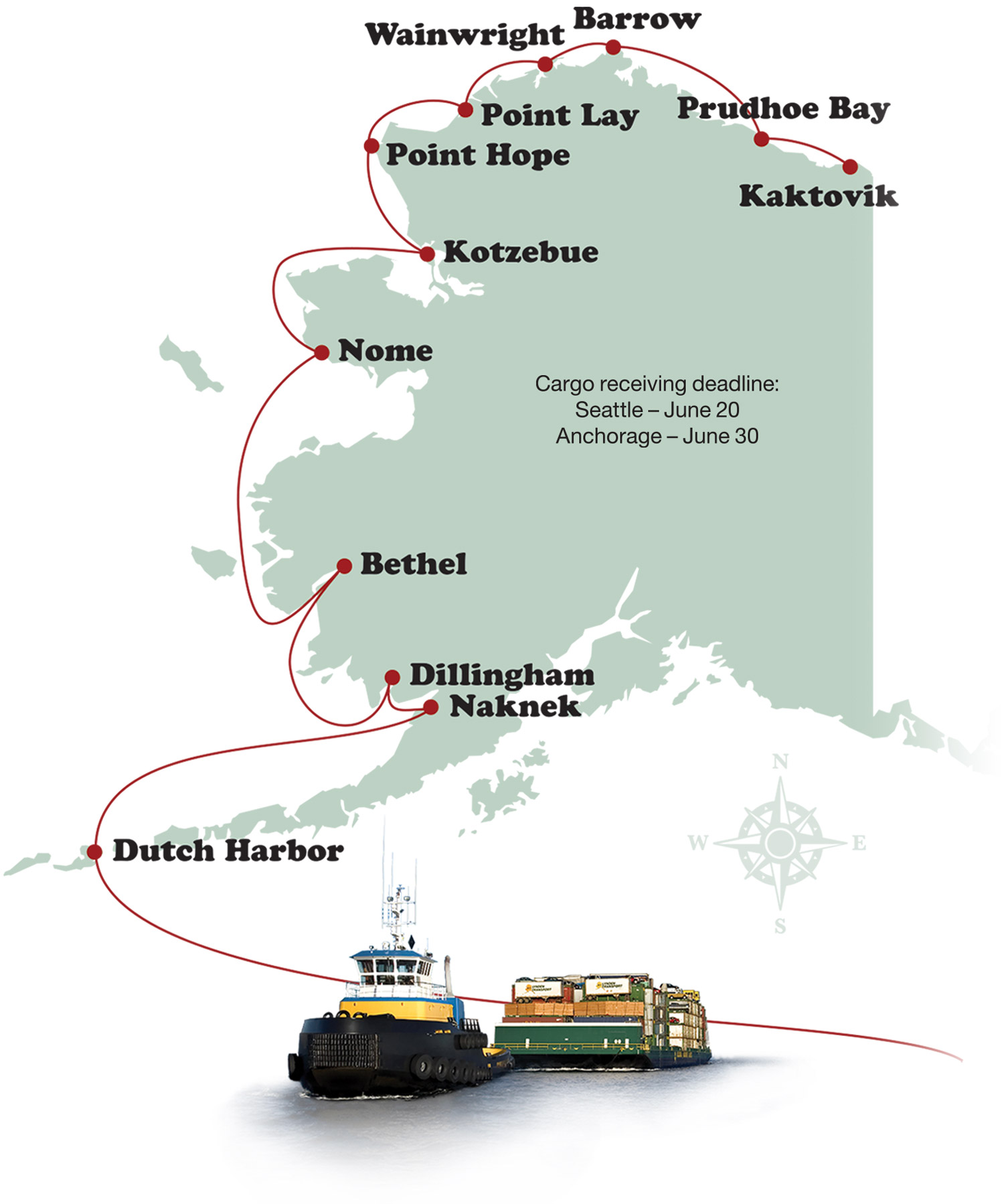
Barge service to the North Slope Villages
Alaska Marine Lines is providing scheduled barge service to the North Slope Villages of Point Hope, Point Lay, Wainwright, Utqiagvik (Barrow), Prudhoe Bay and Kaktovik.
The stops are in addition to Alaska Marine Lines’ many other service locations including the major hubs of Naknek, Dillingham, Nome, Bethel and Kotzebue, and more than 65 villages along the coast of Western Alaska.

For additional information and schedules please visit www.shipaml.com, email westernakcs@lynden.com, or call 1-800-426-3113.





